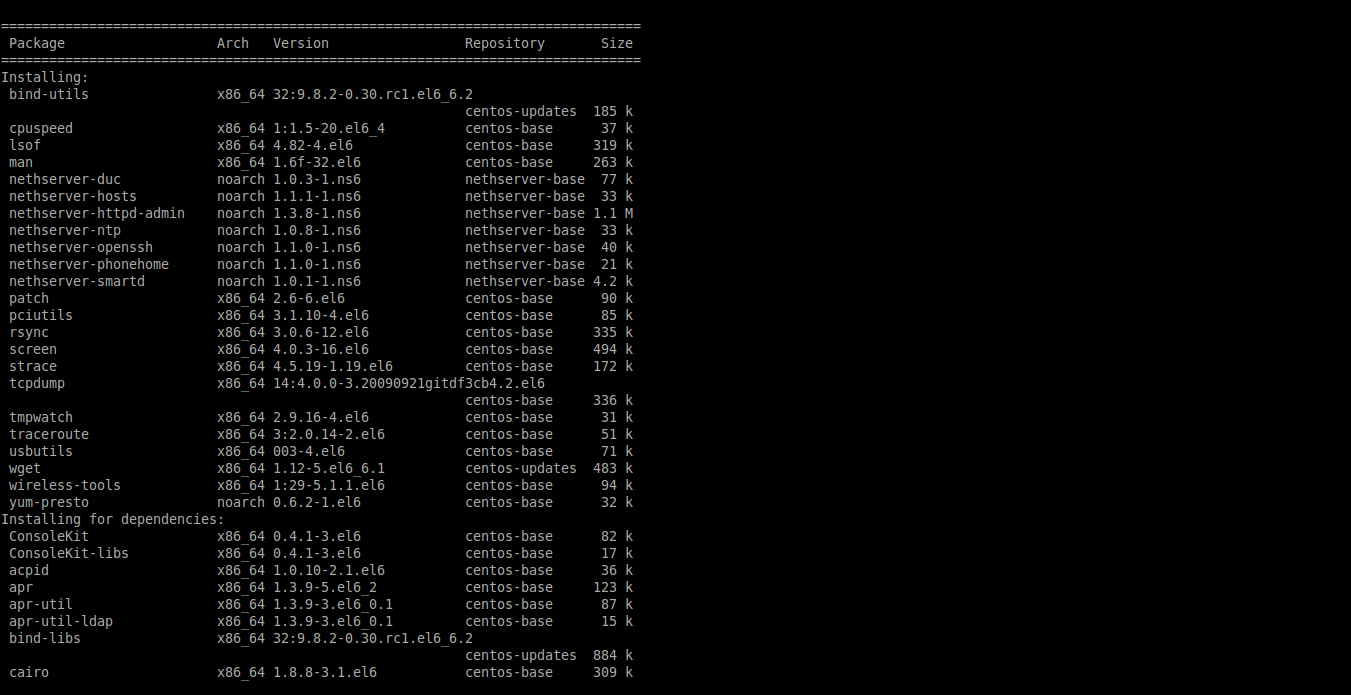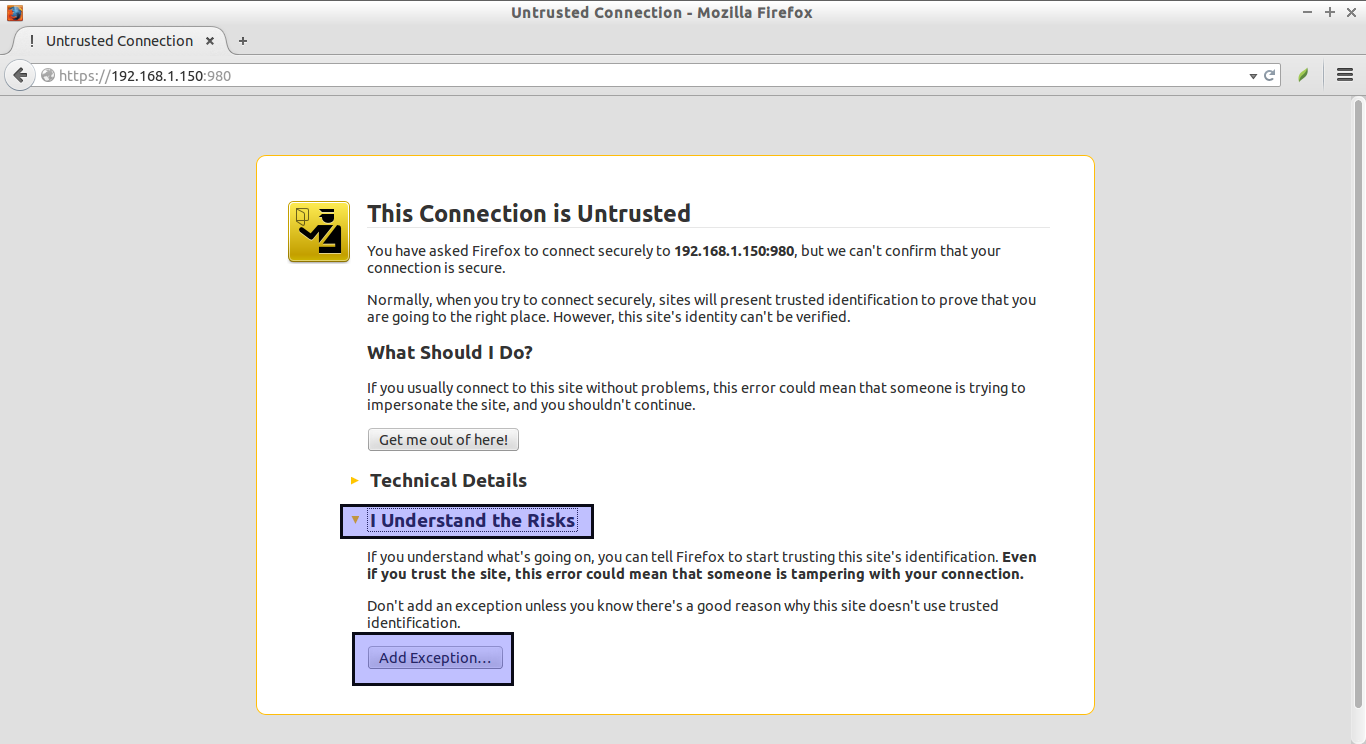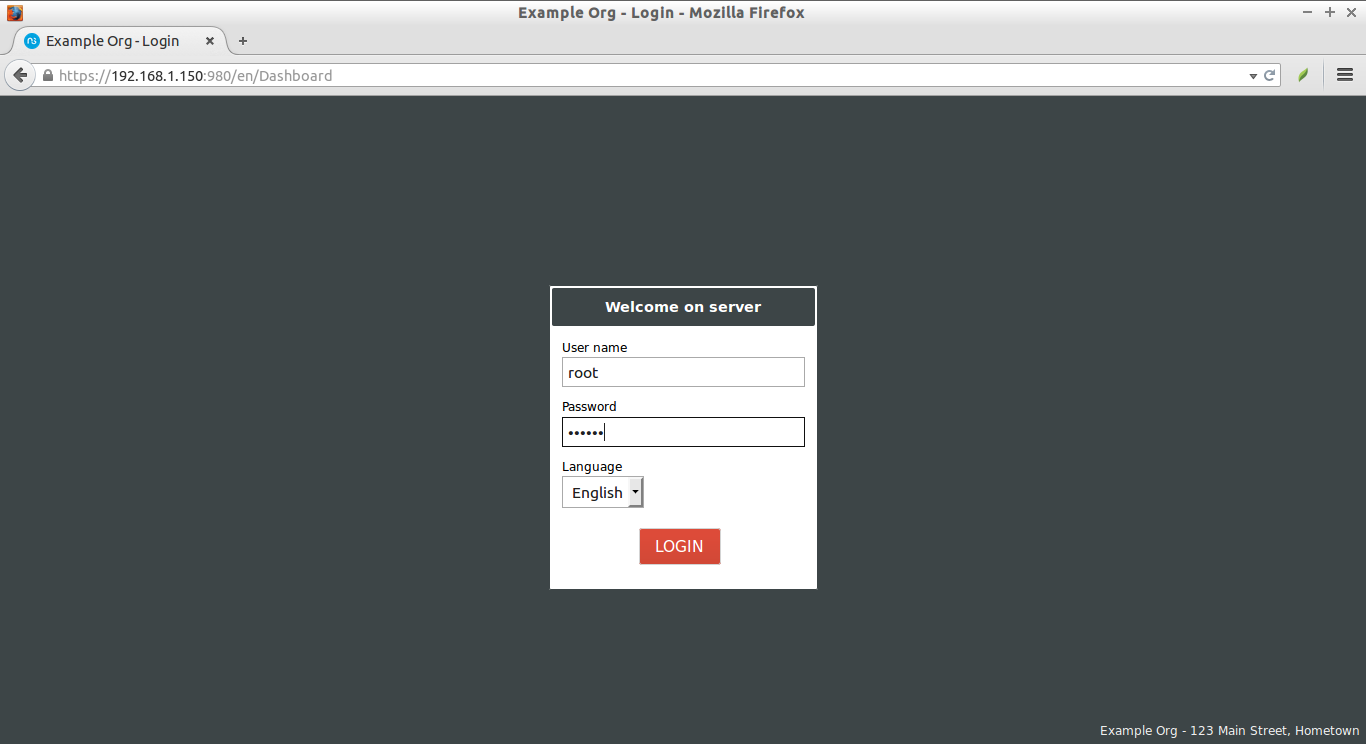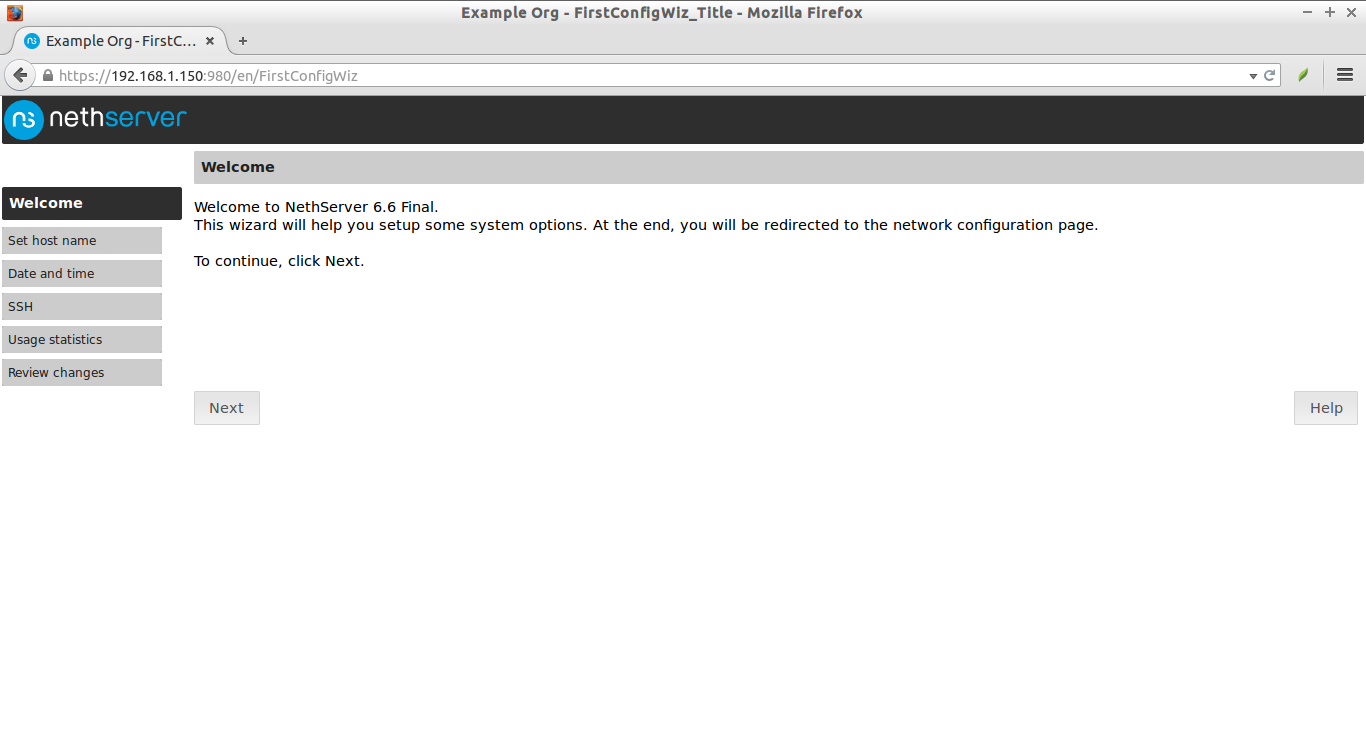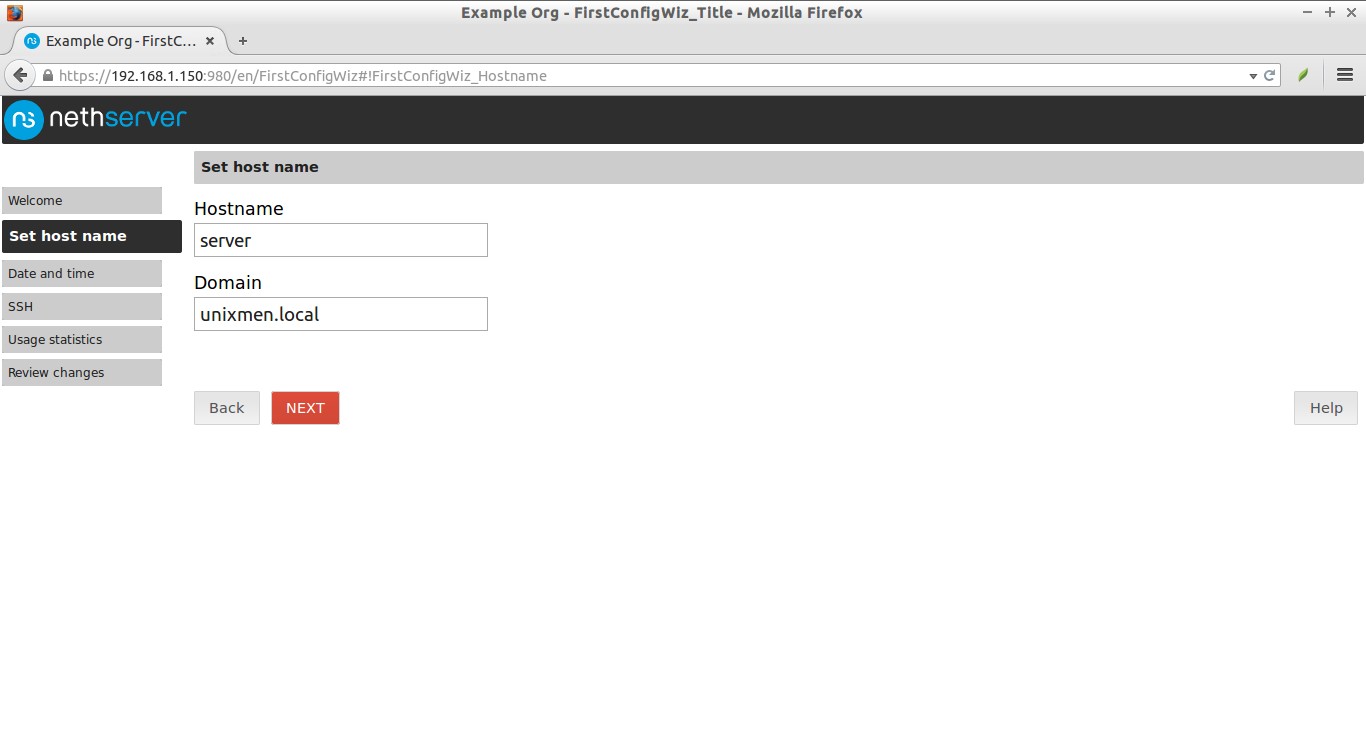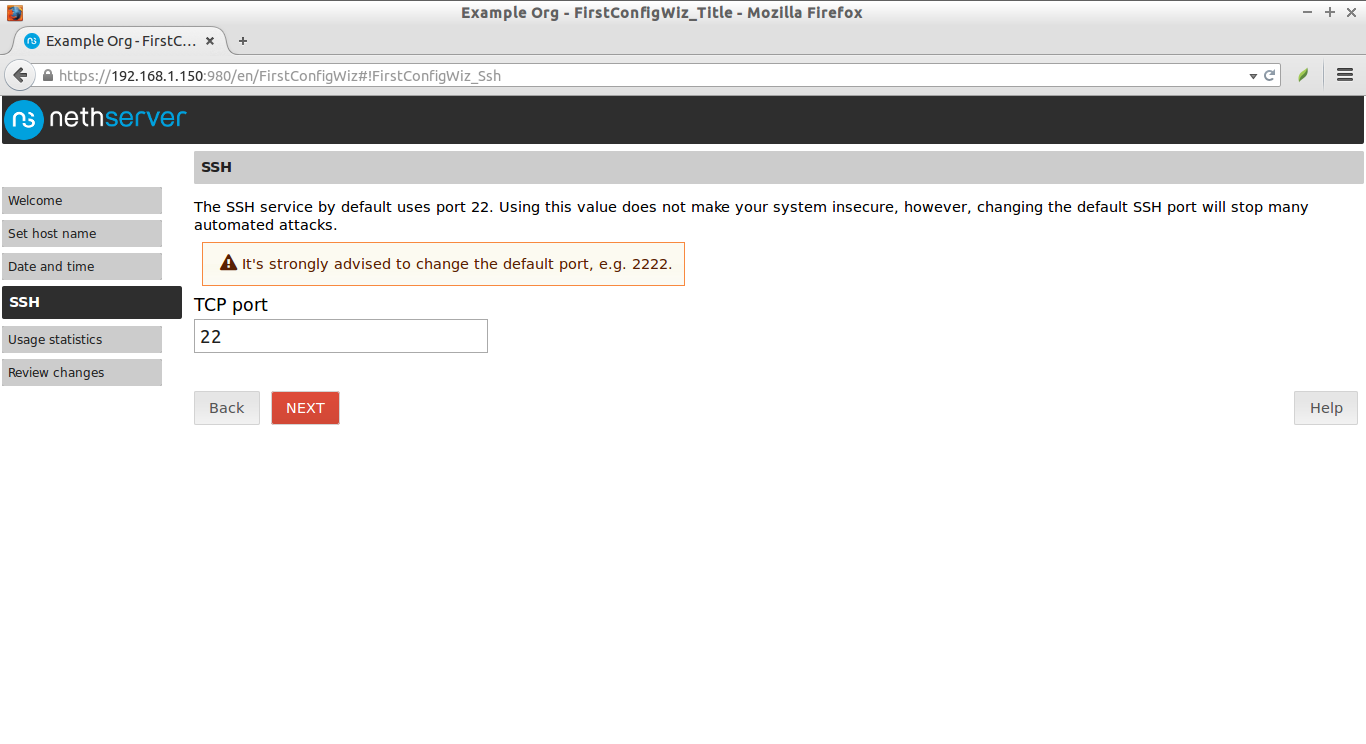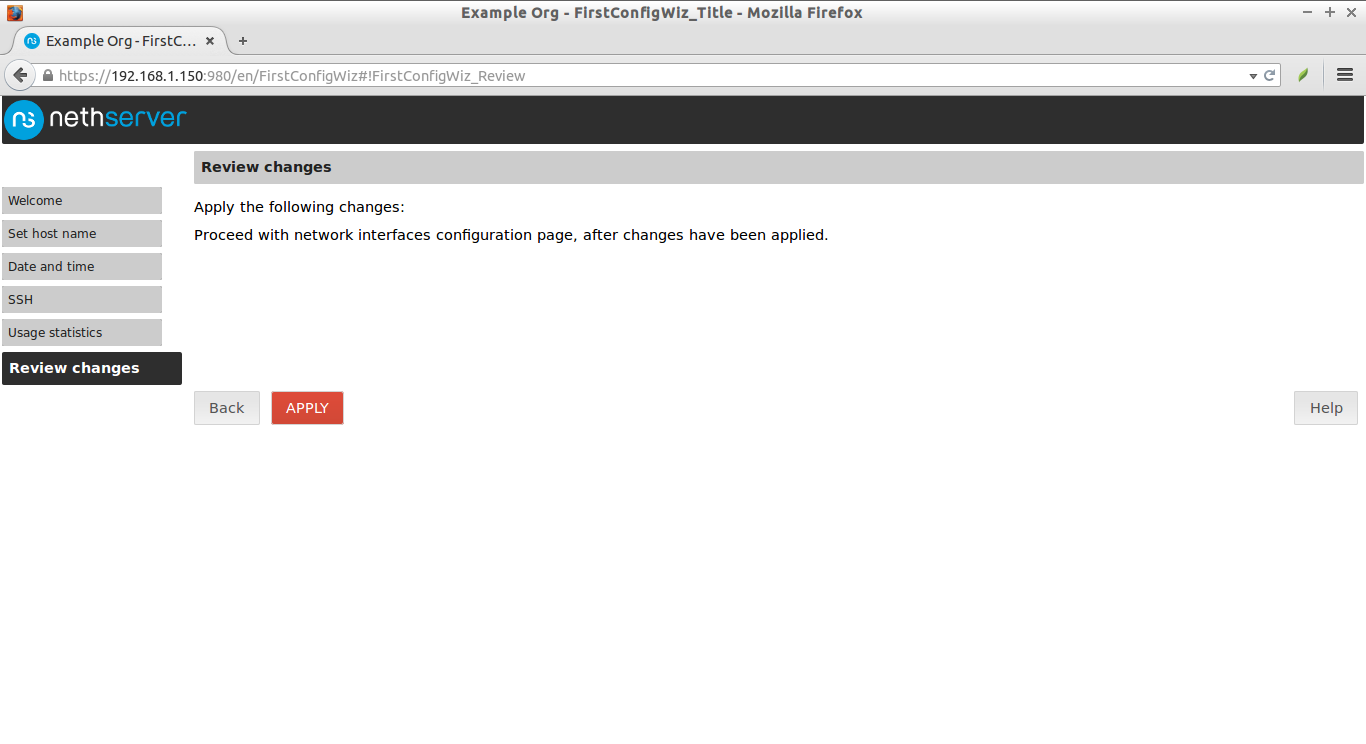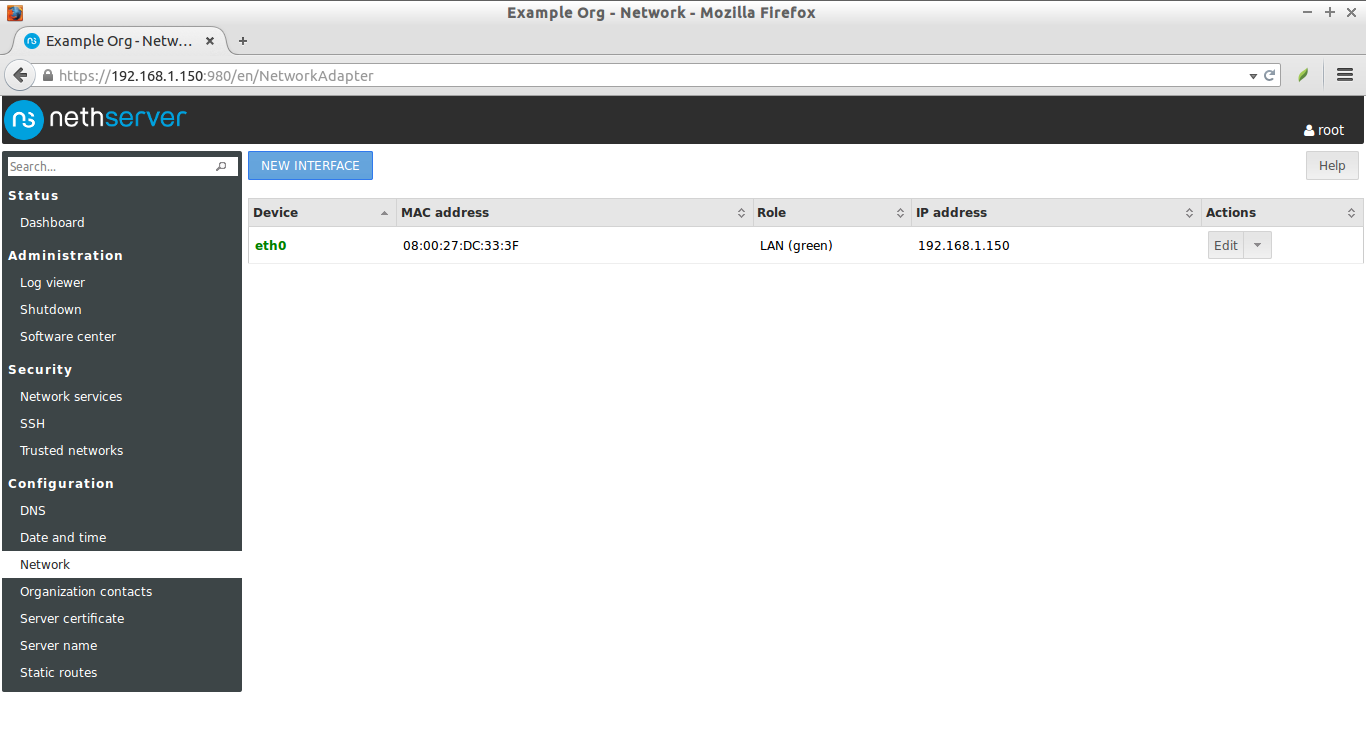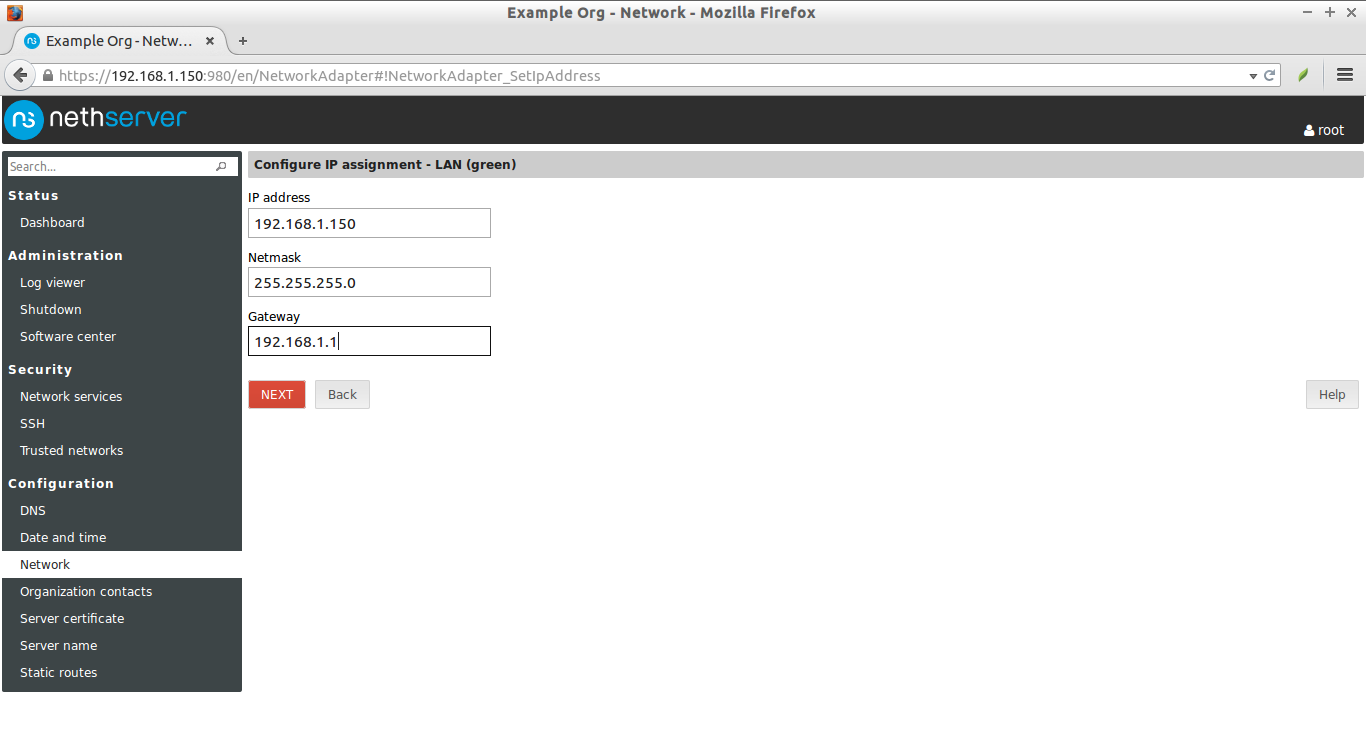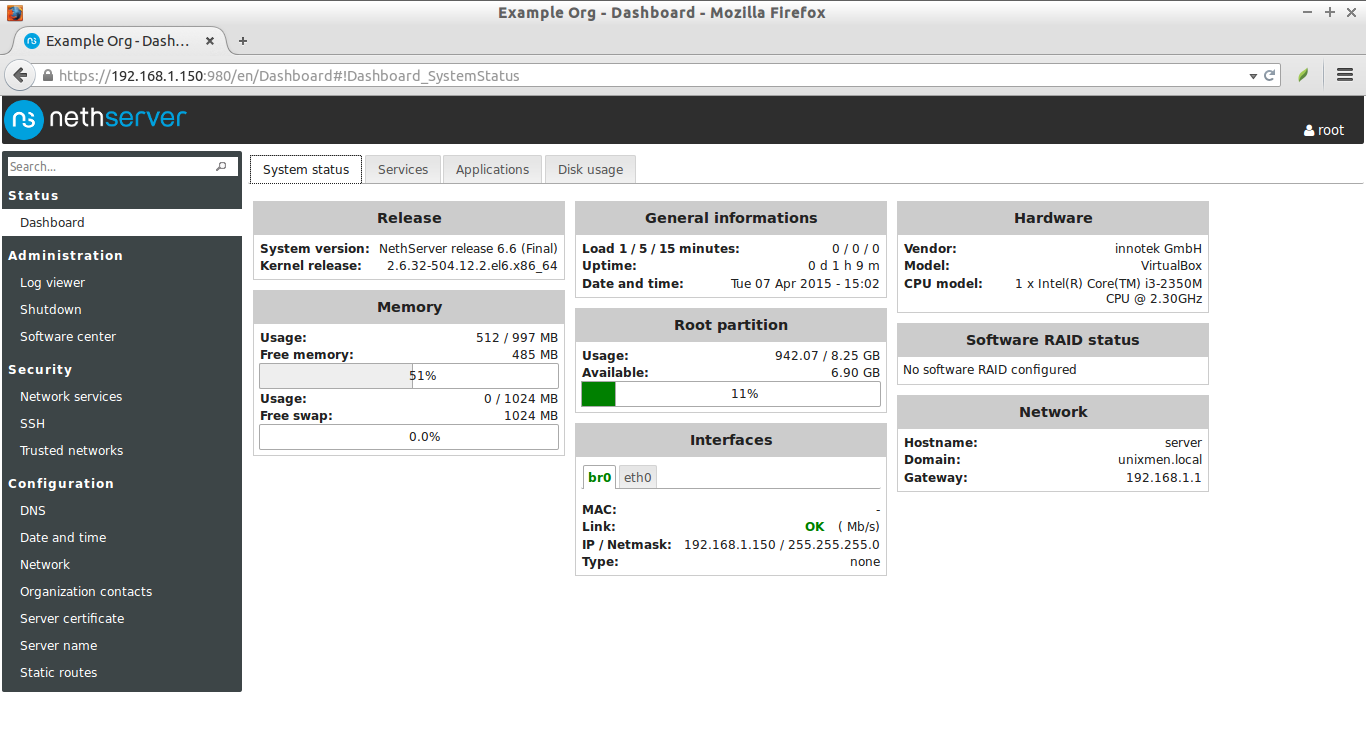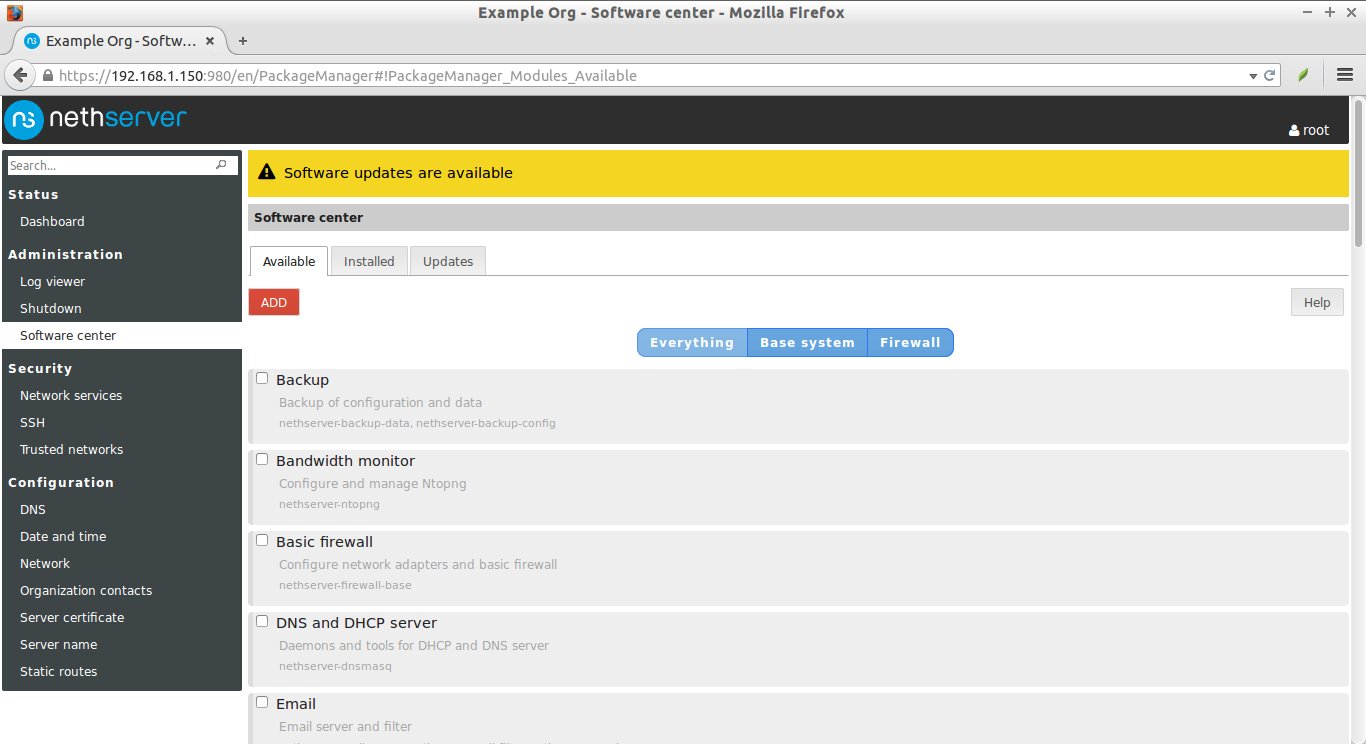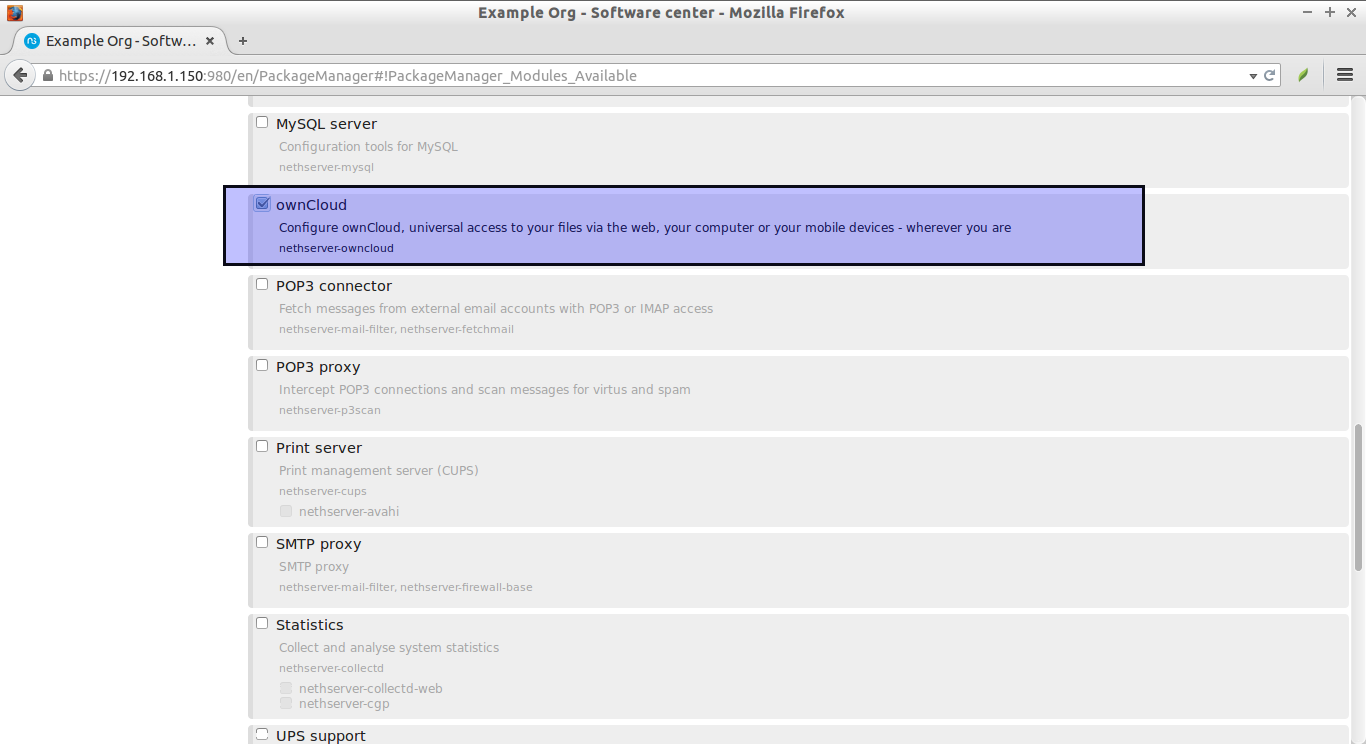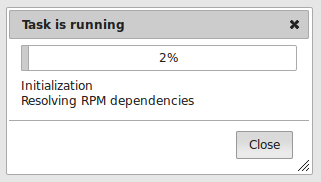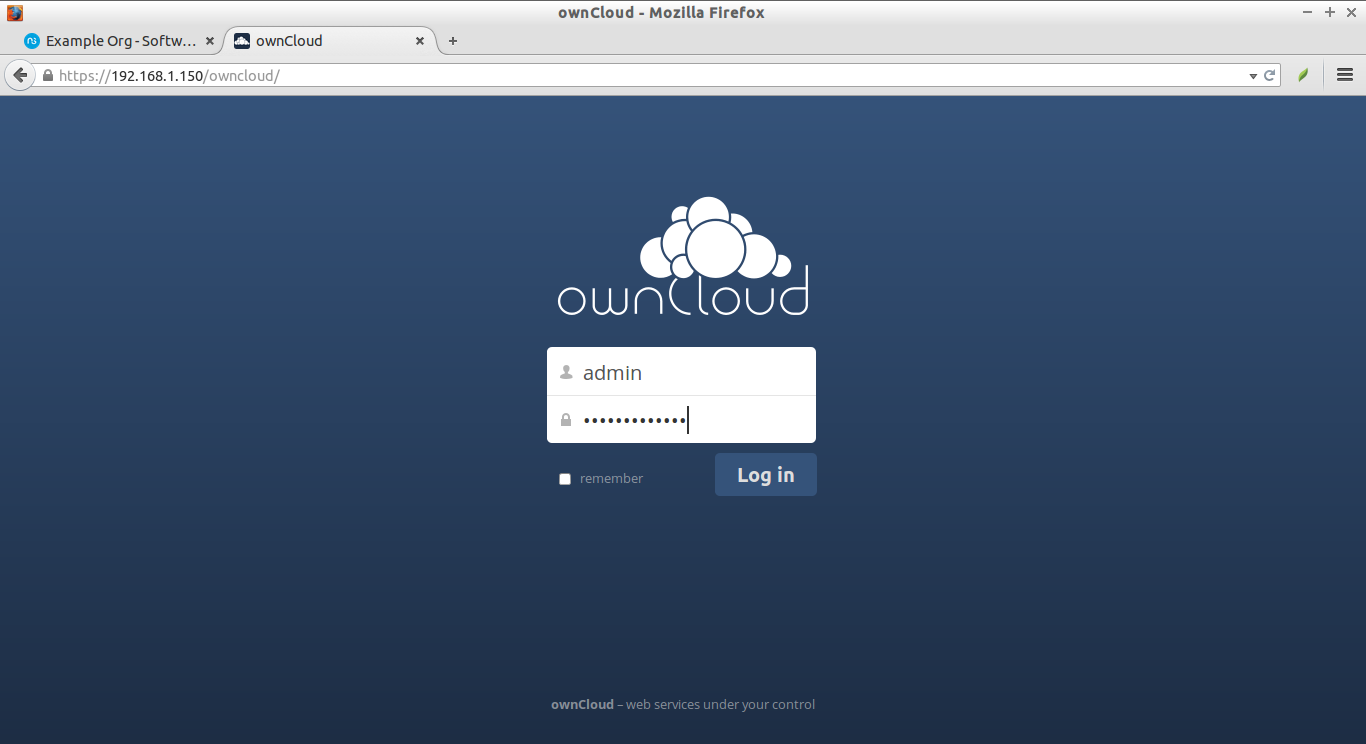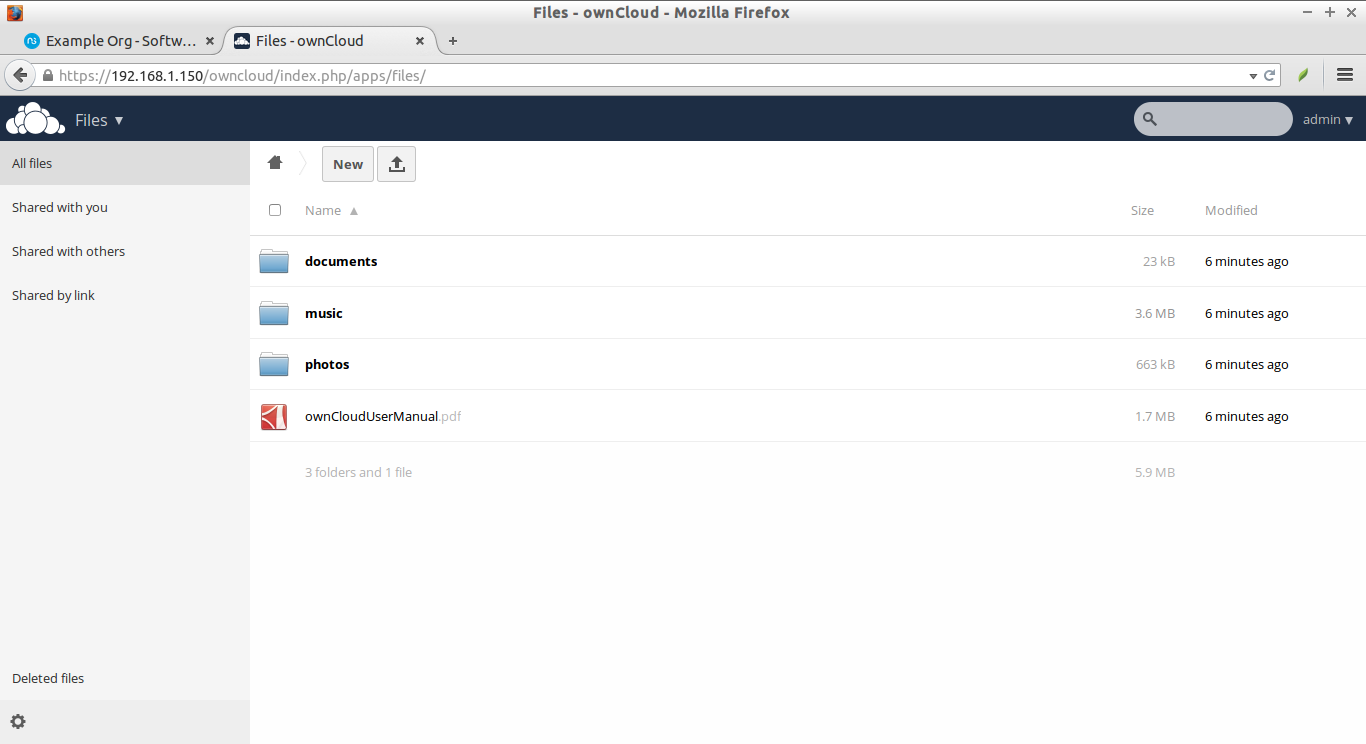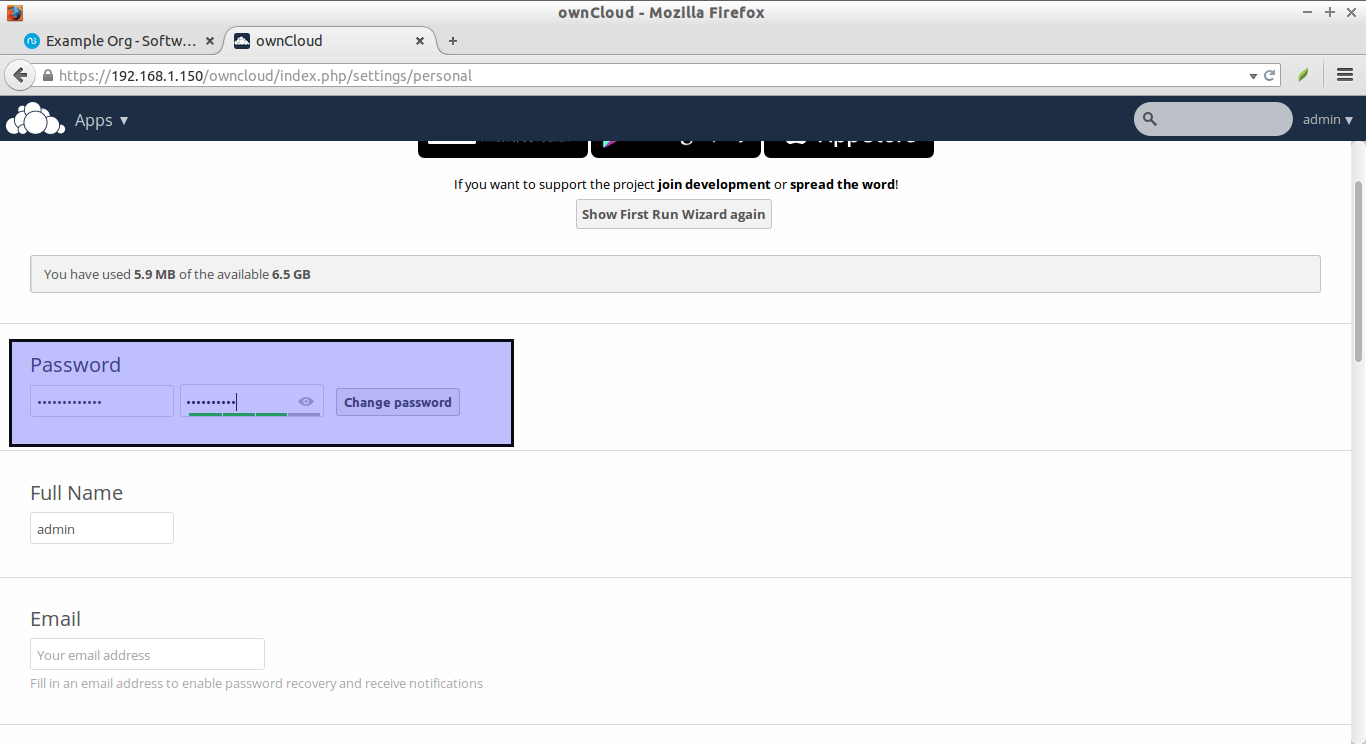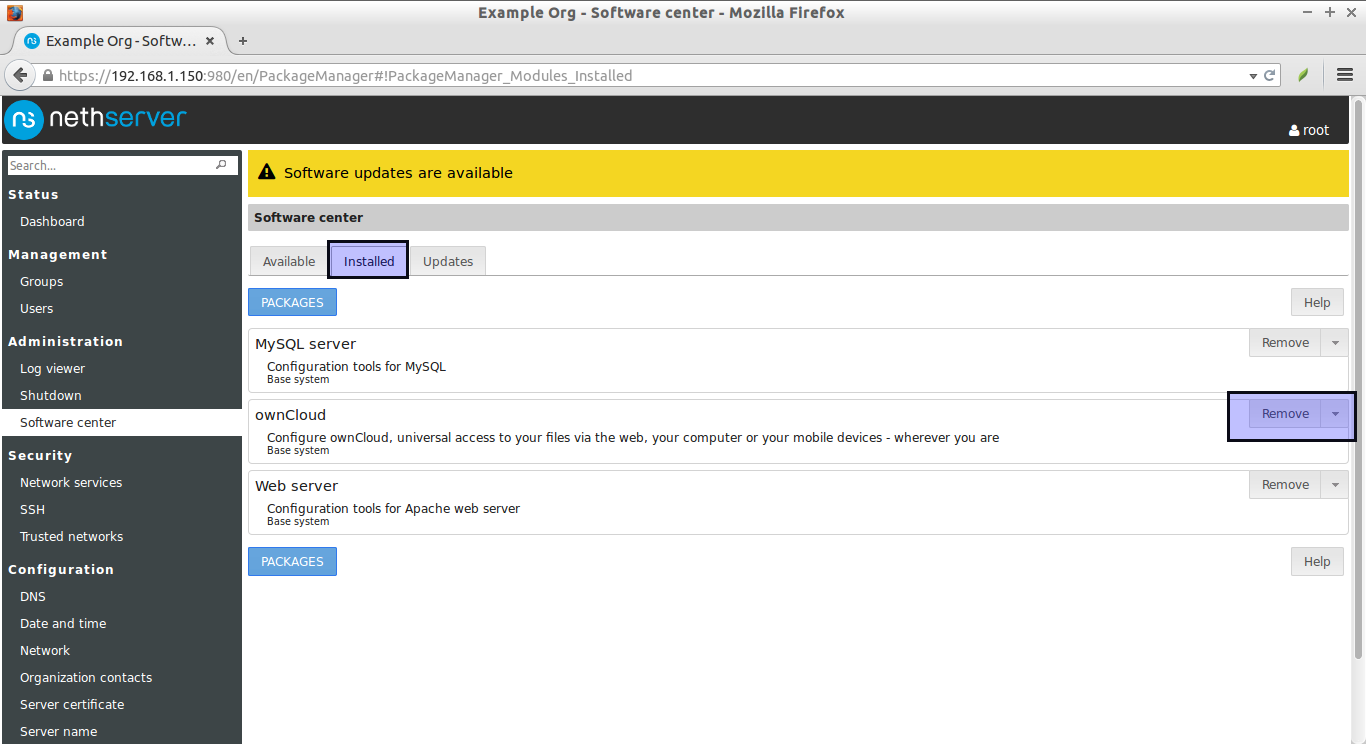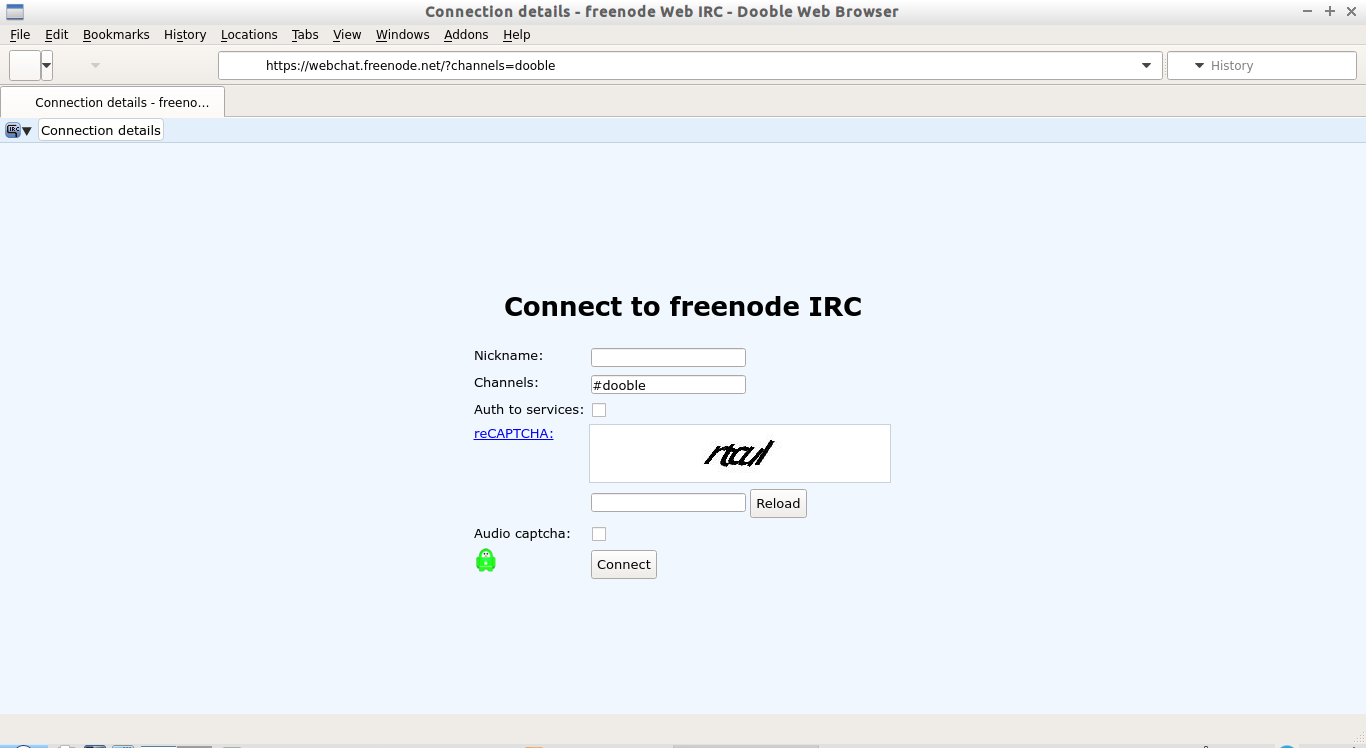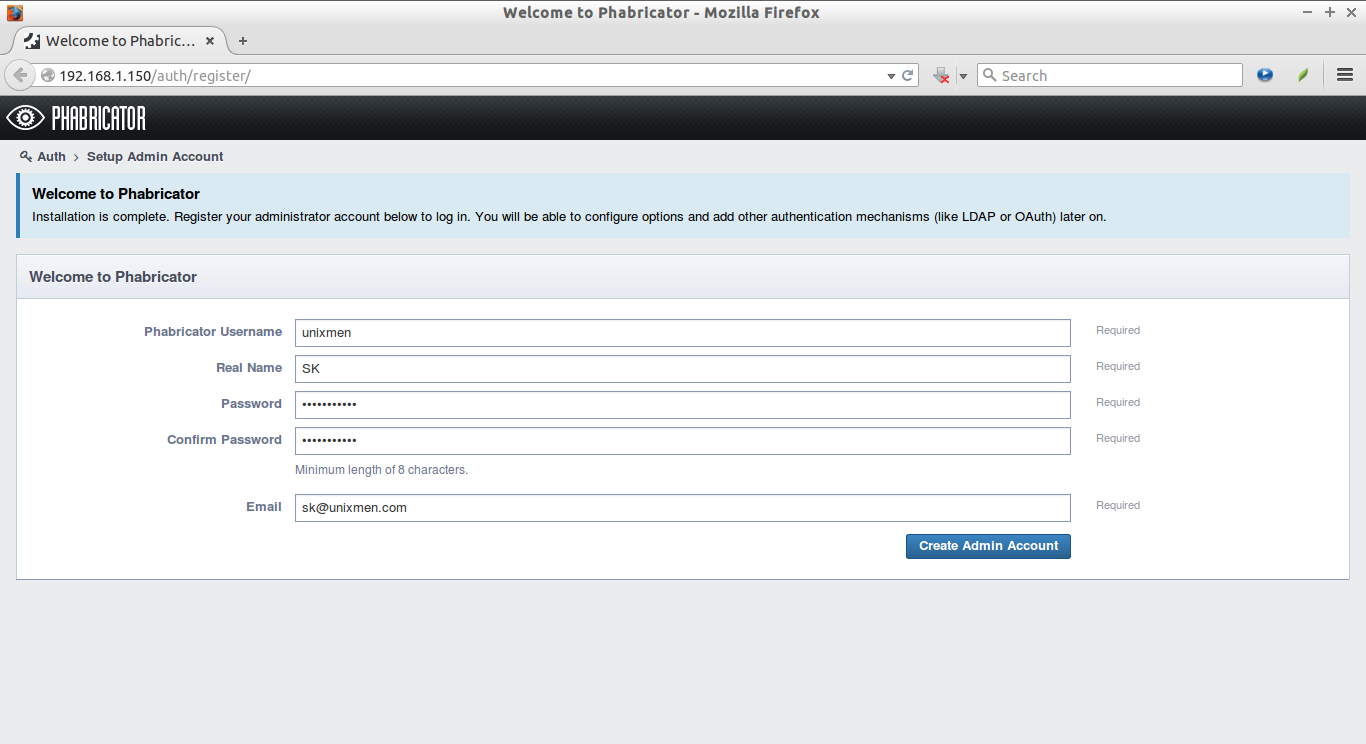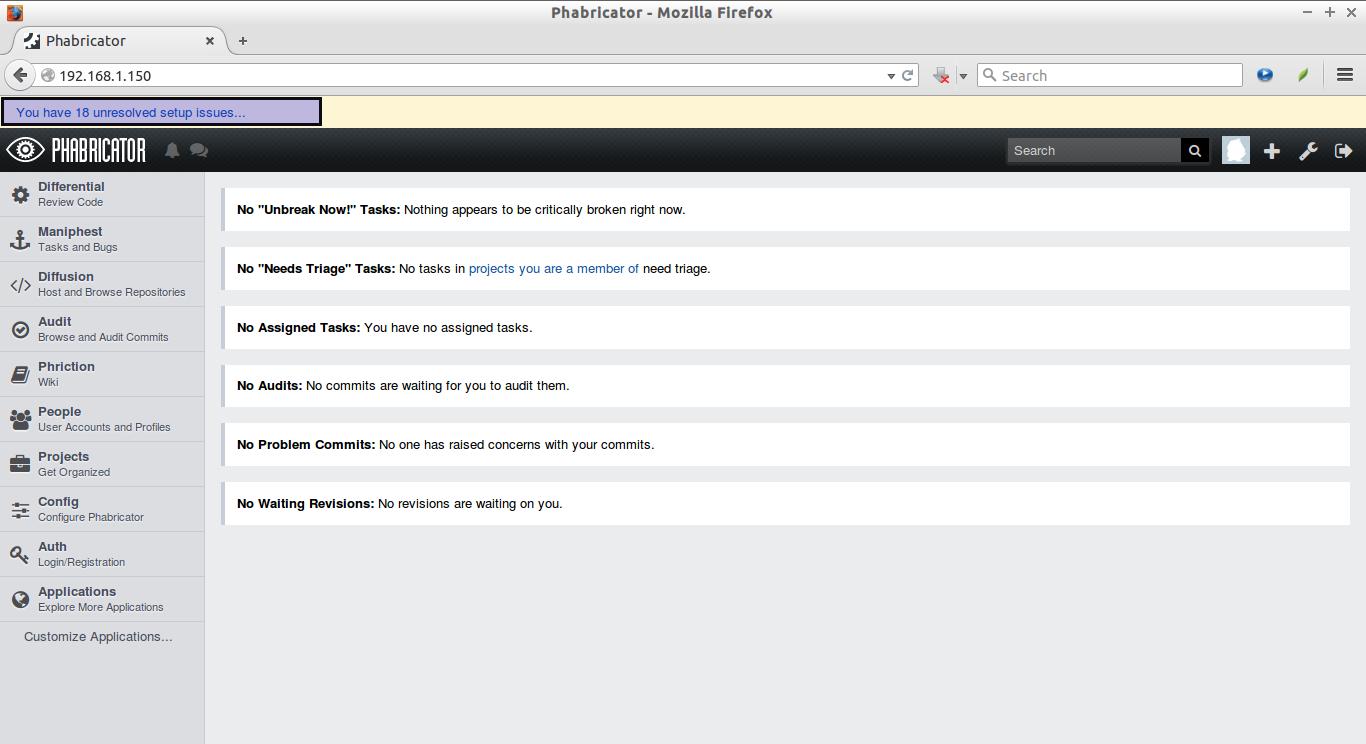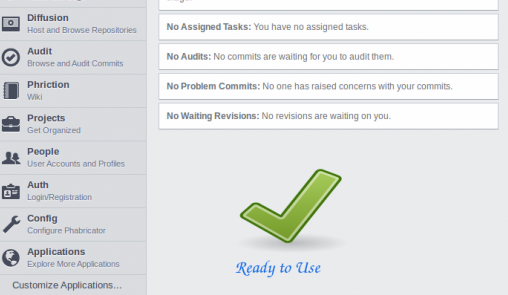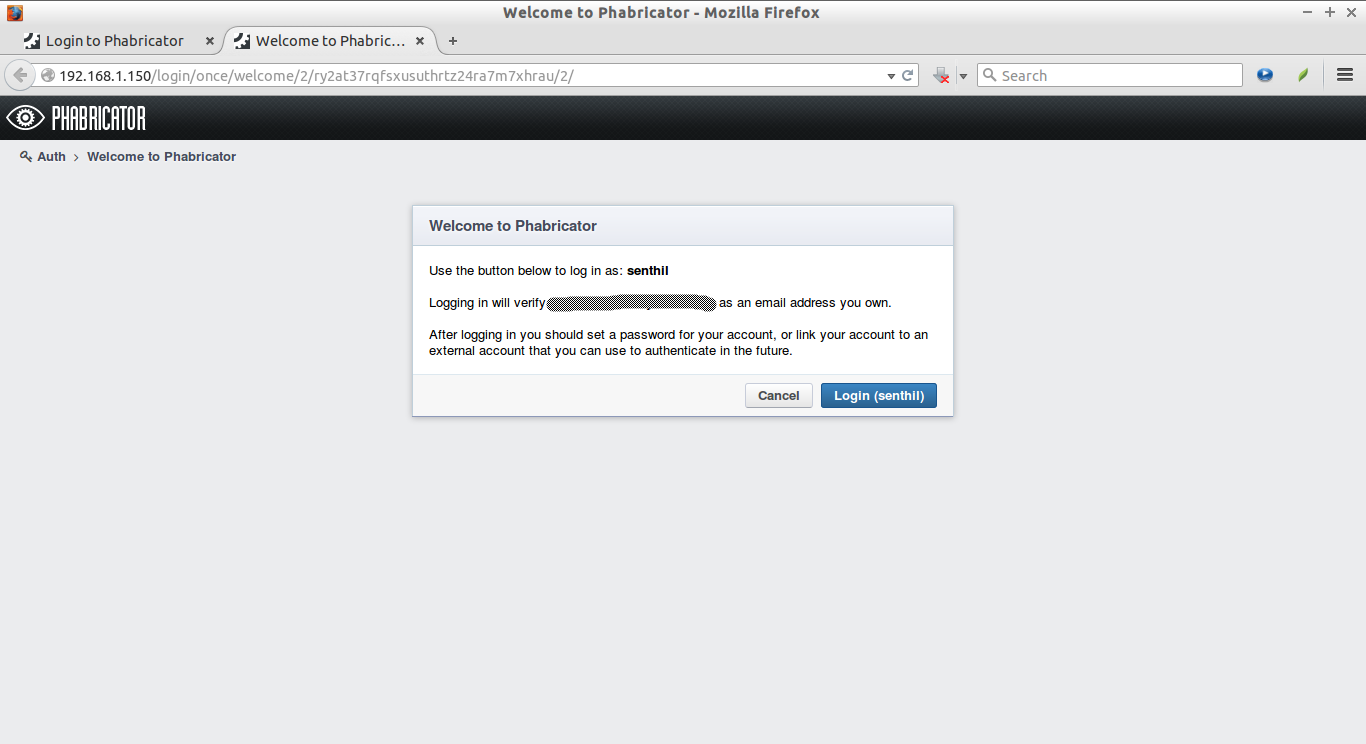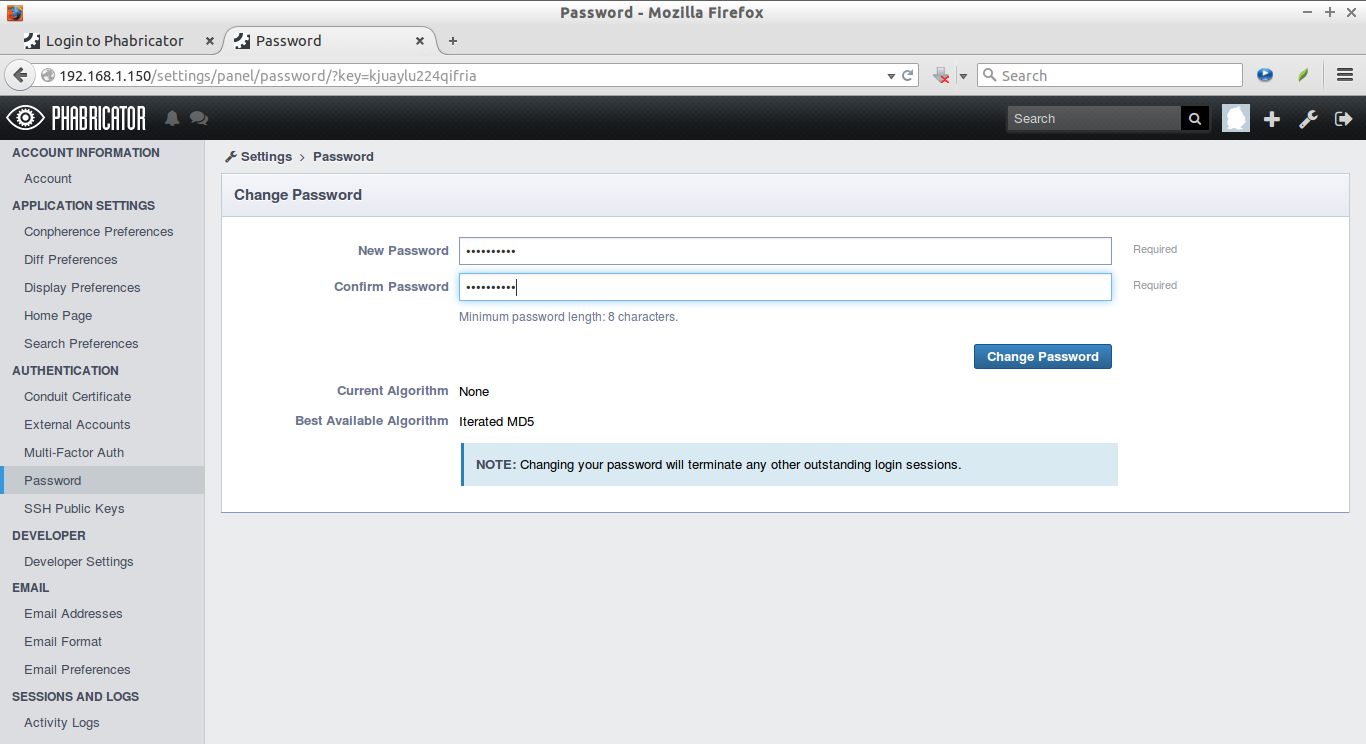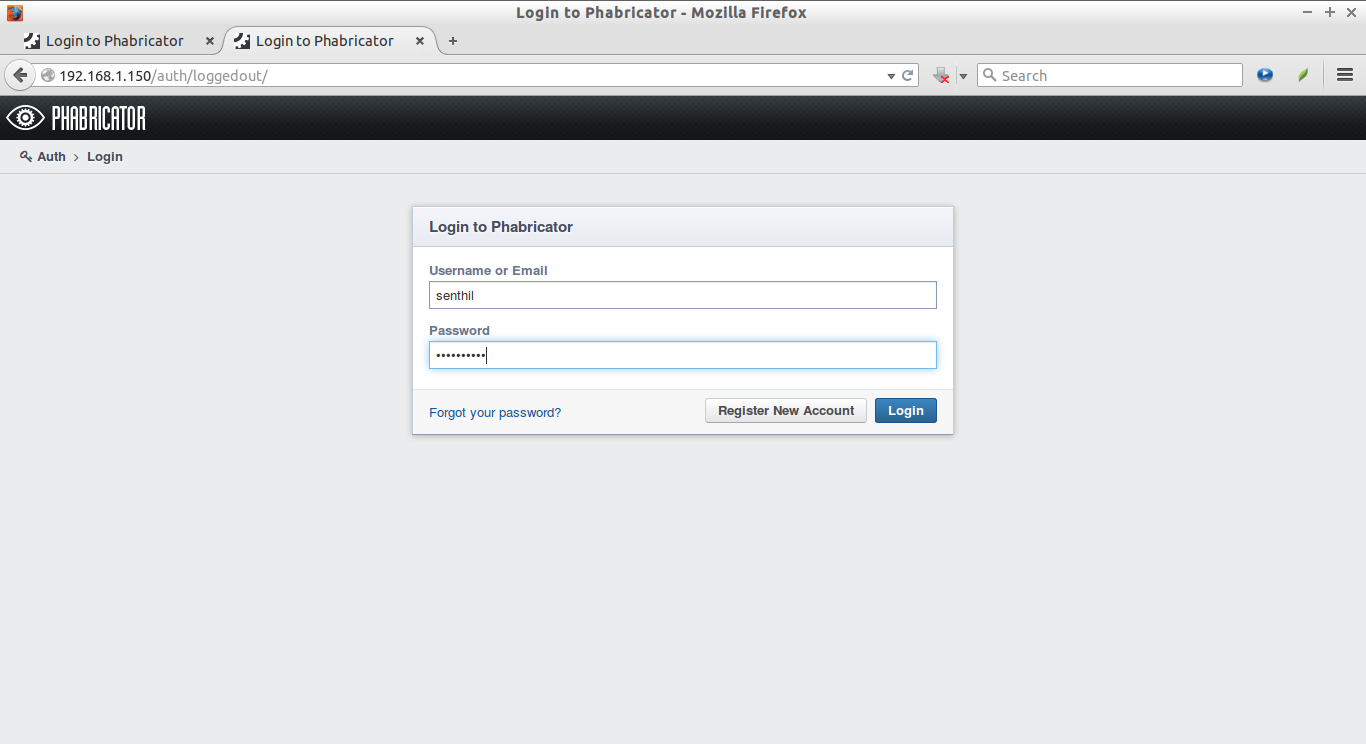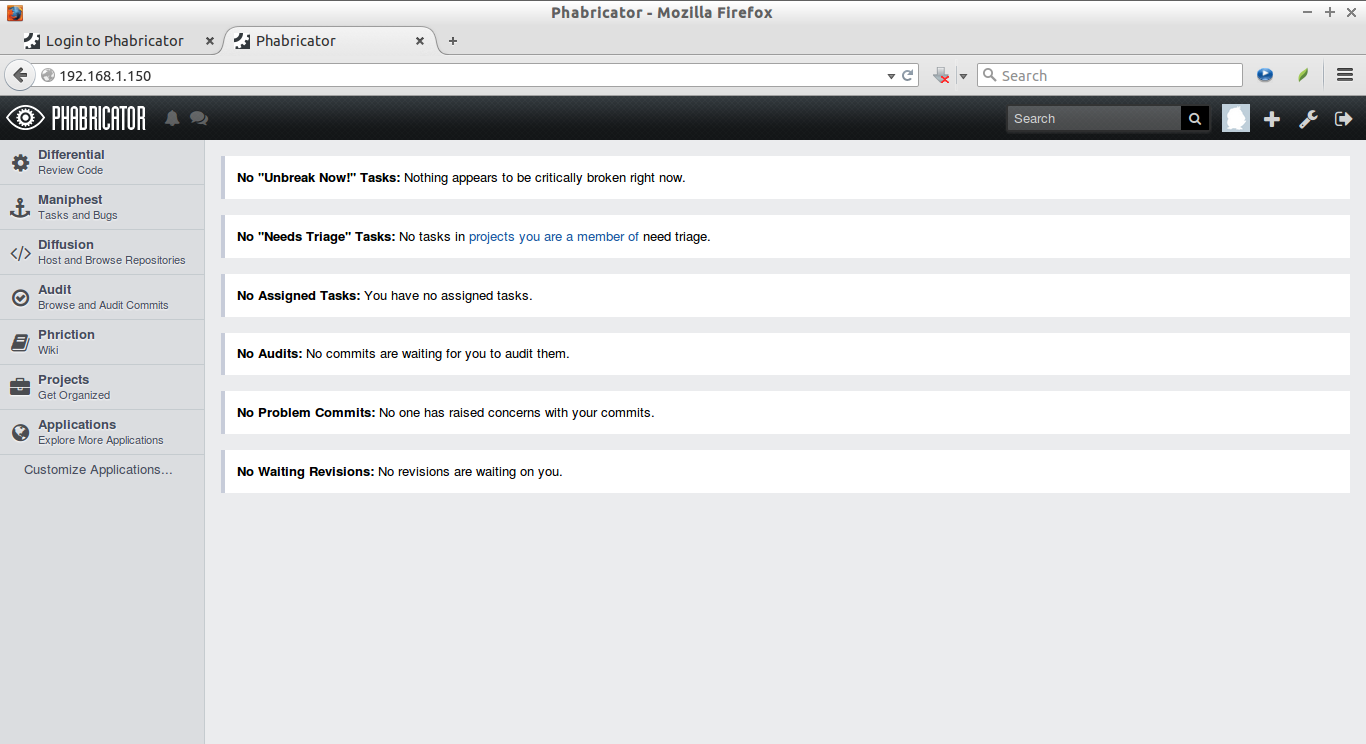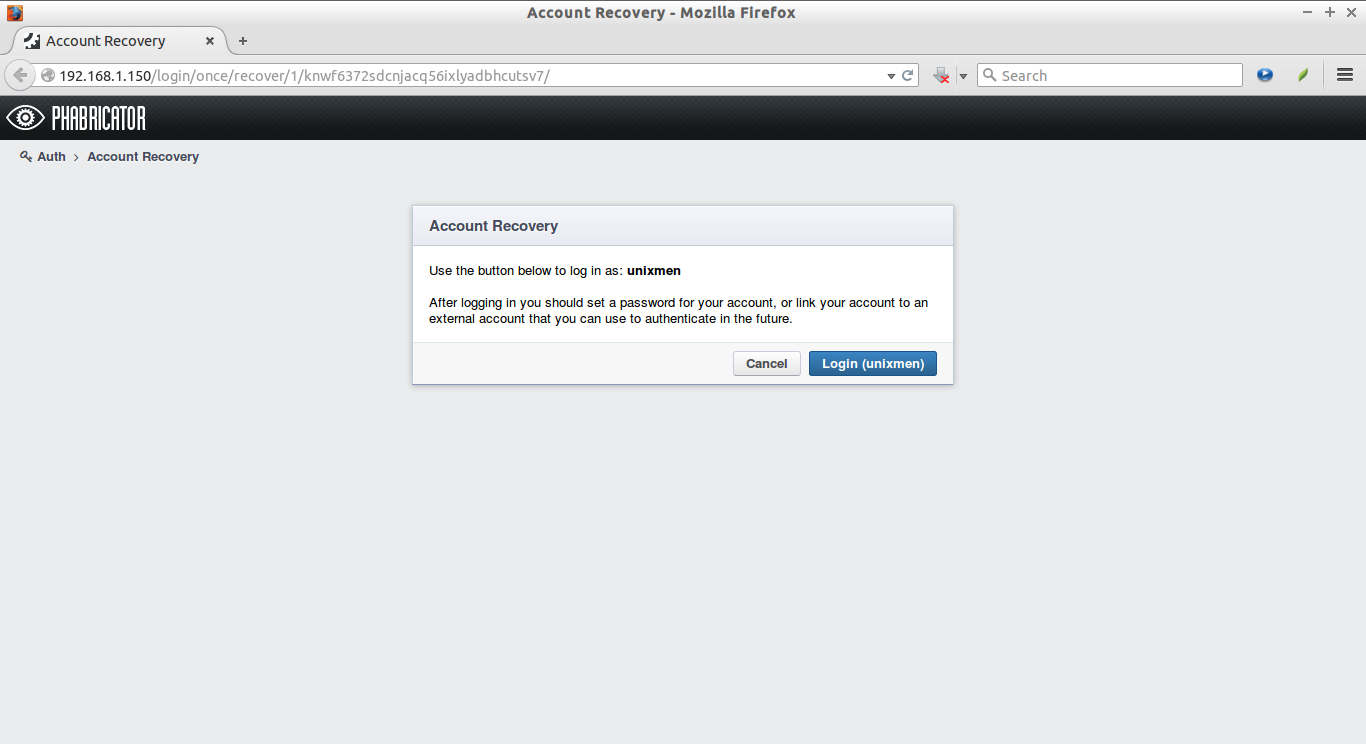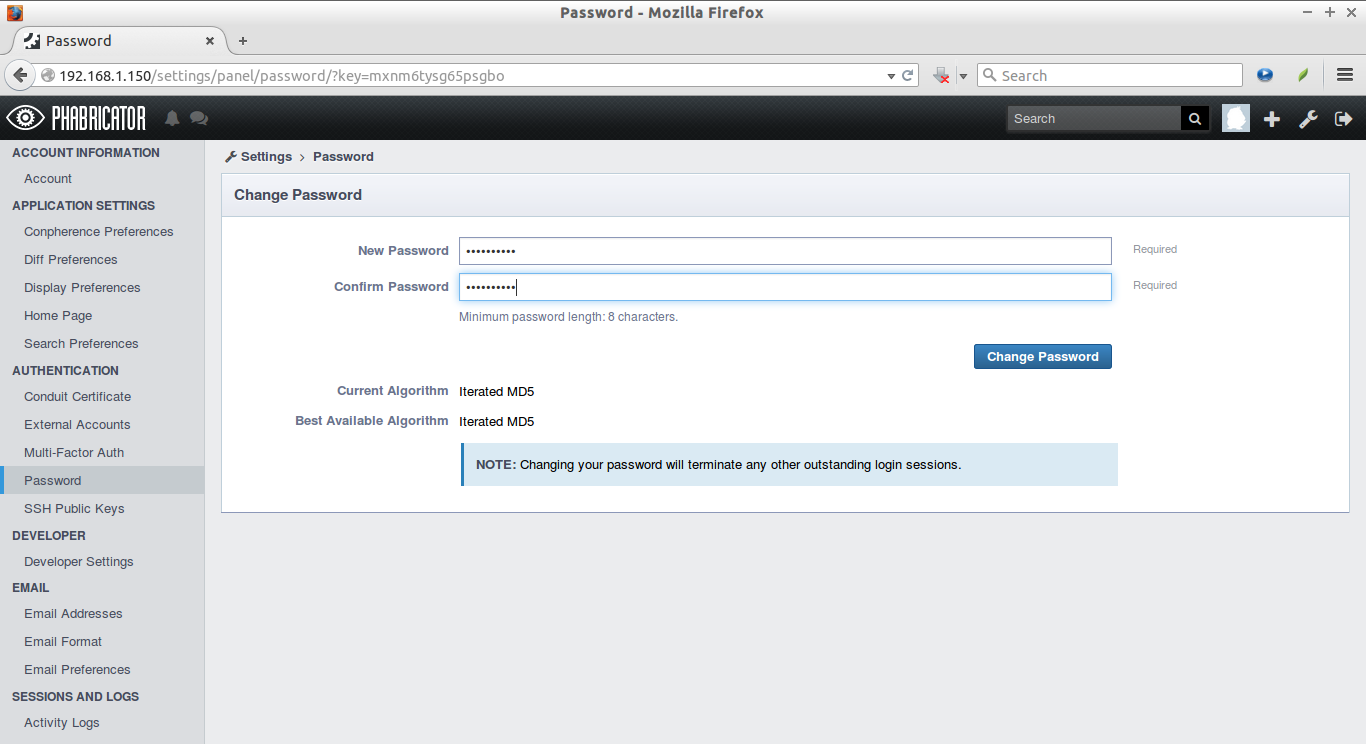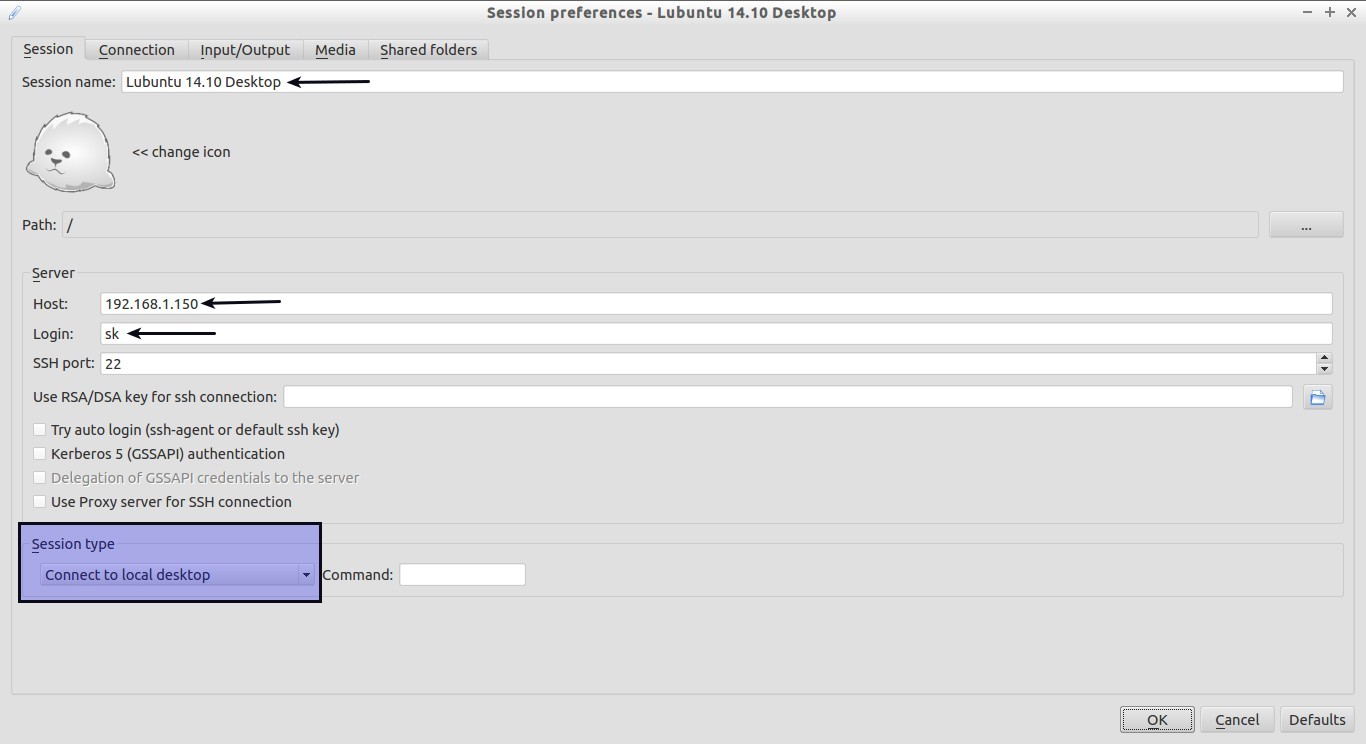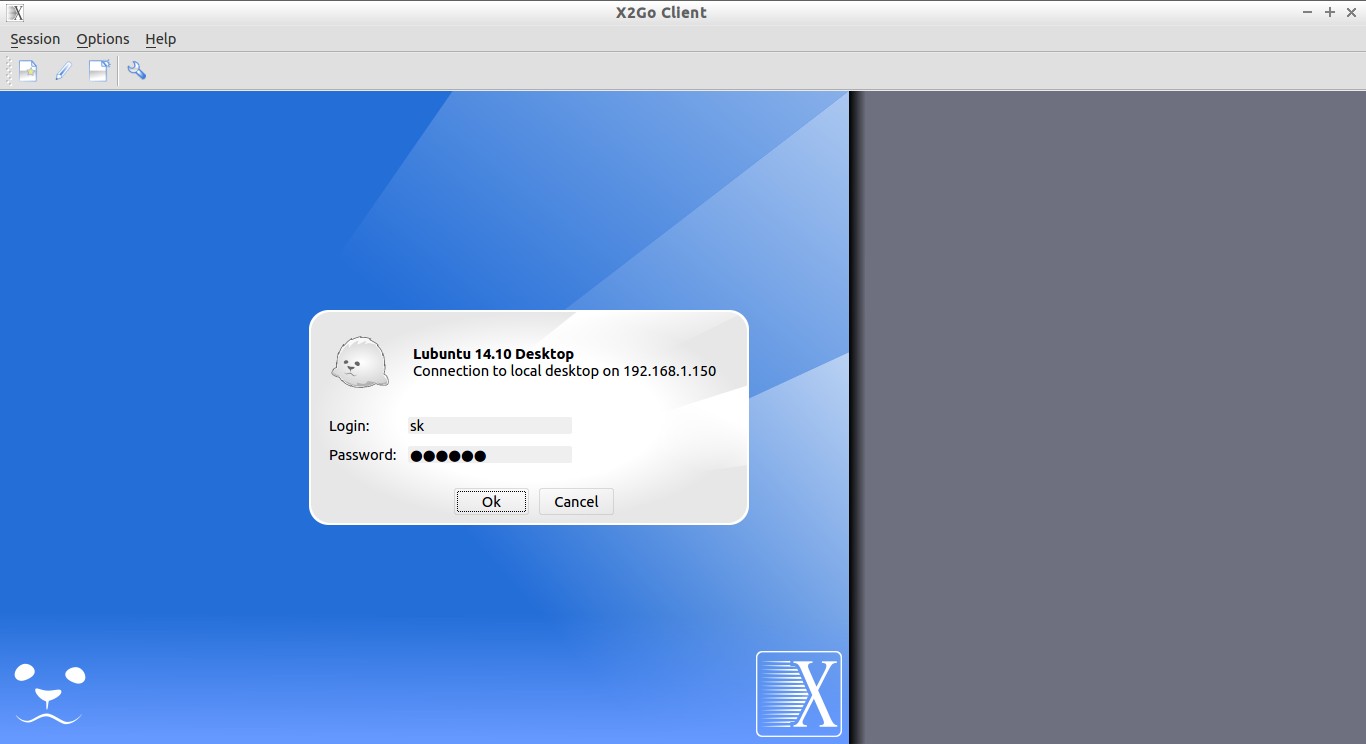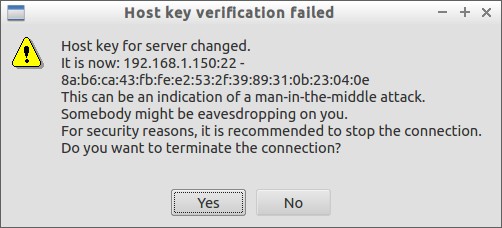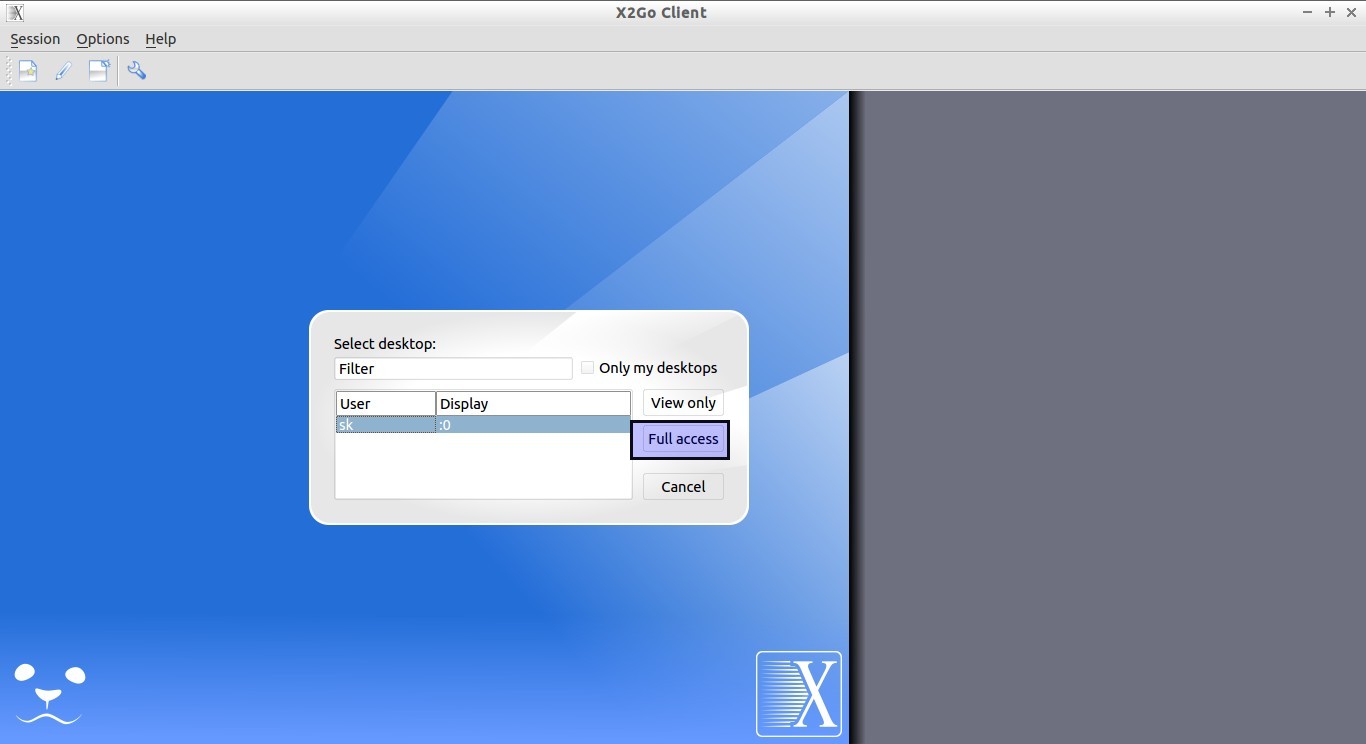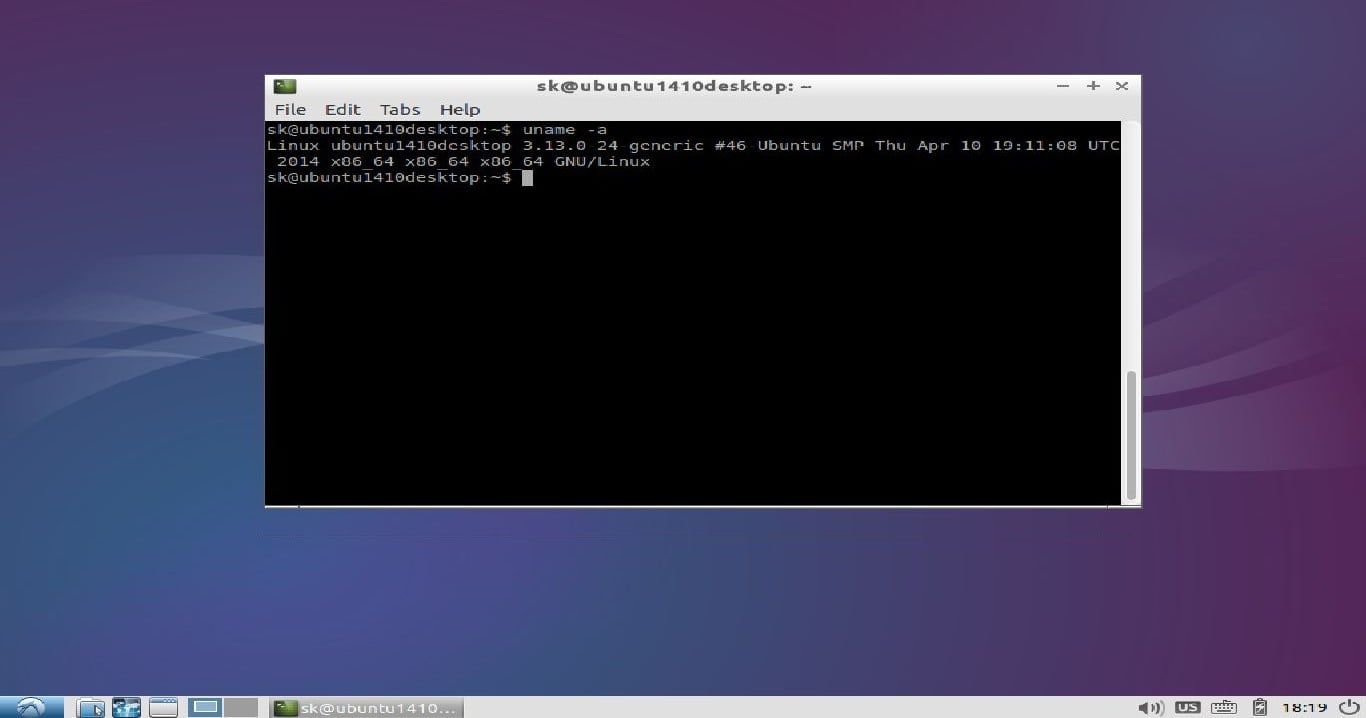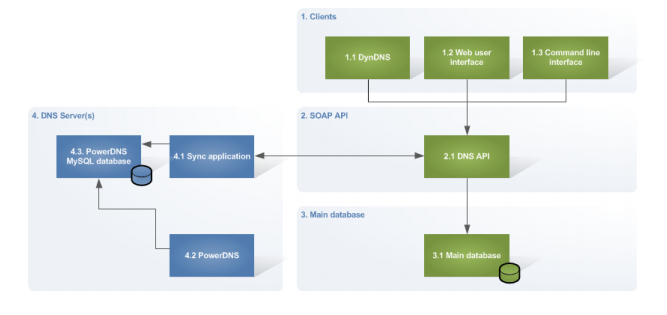About DNS
DNS, stands for Domain Name System, translates hostnames or URLs into IP addresses. For example, if we type www.unixmen.com in browser, the DNS server translates the domain name into its associated ip address. Since the IP addresses are hard to remember all time, DNS servers are used to translate the hostnames like www.unixmen.com to 173.xxx.xx.xxx. So it makes easy to remember the domain names instead of its IP address.
In this tutorial, we will see how to setup and configure DNS server on Ubuntu 14.04 LTS. Also, the same method will work on Debian and its derivatives.
Setup DNS Server In Ubuntu 14.04
Scenario
For the purpose of this tutorial, I will be using three nodes. One will be acting as Master DNS server, the second system will be acting as Secondary DNS, and the third will be our DNS client. Here are my three systems details.
Primary (Master) DNS Server Details:
Operating System : Ubuntu 14.04 64bit minimal server
Hostname : masterdns.unixmen.local
IP Address : 192.168.1.101/24
Secondary (Slave) DNS Server Details:
Operating System : Ubuntu 14.04 32bit minimal server
Hostname : secondarydns.unixmen.local
IP Address : 192.168.1.102/24
Client Details:
Operating System : Ubuntu 14.04 desktop
Hostname : client.unixmen.local
IP Address : 192.168.1.103/24
Setup Caching Server
In this configuration BIND9 will find the answer to name queries and remember the answer for the next query. This can be useful for a slow internet connection. By caching DNS queries, you will reduce bandwidth and (more importantly) latency.
The default configuration is setup to act as a caching server. All that is required is simply adding the IP Addresses of your ISP’s DNS servers. Caching server is opt for low Internet connection.
Install bind9 packages using command:
sudo apt-get install bind9 bind9utils bind9-doc
Then edit /etc/bind/named.conf.options file,
sudo vi /etc/bind/named.conf.options
Simply uncomment and edit the following in /etc/bind/named.conf.options:
forwarders {
8.8.8.8;
};
Restart bind9 service.
sudo service bind9 restart
Test Caching Server
Run the following command to test it.
dig -x 127.0.0.1
Sample output:
;; global options: +cmd
;; Got answer:
;; ->>HEADER<<- opcode: QUERY, status: NOERROR, id: 60612
;; flags: qr aa rd ra; QUERY: 1, ANSWER: 1, AUTHORITY: 1, ADDITIONAL: 3
;; OPT PSEUDOSECTION:
; EDNS: version: 0, flags:; udp: 4096
;; QUESTION SECTION:
;1.0.0.127.in-addr.arpa. IN PTR
;; ANSWER SECTION:
1.0.0.127.in-addr.arpa. 604800 IN PTR localhost.
;; AUTHORITY SECTION:
127.in-addr.arpa. 604800 IN NS localhost.
;; ADDITIONAL SECTION:
localhost. 604800 IN A 127.0.0.1
localhost. 604800 IN AAAA ::1
;; Query time: 4 msec
;; SERVER: 192.168.1.101#53(192.168.1.101)
;; WHEN: Thu Apr 09 14:51:36 IST 2015
;; MSG SIZE rcvd: 132
Setup Primary (Master) DNS Server
You can use the same server for both Primary and Caching server.
Install bind9 packages on your server if not installed.
sudo apt-get install bind9 bind9utils bind9-doc
1. Configure Master DNS Server
DNS configuration files are stored in /etc/bind directory. Primary configuration file is /etc/bind/namd.conf.
Edit ‘/etc/bind/named.conf’ file.
sudo vi /etc/bind/named.conf
Make sure it contains the following lines. If not, add them.
include "/etc/bind/named.conf.options";
include "/etc/bind/named.conf.local";
include "/etc/bind/named.conf.default-zones";
Save and close the file.
Then, edit named.conf.local,
sudo vi /etc/bind/named.conf.local
Add the lines as shown in bold:
zone "unixmen.local" {
type master;
file "/etc/bind/forward.unixmen";
allow-transfer { 192.168.1.102; };
also-notify { 192.168.1.102; };
};
zone "1.168.192.in-addr.arpa" {
type master;
file "/etc/bind/reverse.unixmen";
allow-transfer { 192.168.1.102; };
also-notify { 192.168.1.102; };
};
Here,
- forward.unixmen – Forward zone file
- reverse.unixmen – Reverse zone file
- 192.168.1.102 – Slave DNS server
2. Create Zone files
Create forward and reverse zone files which we defiend in the ‘/etc/bind/named.conf.local’ file.
2.1 Create Forward Zone
Create Forward Zone file name forward.unixmen in /etc/bind/zones,
sudo vi /etc/bind/forward.unixmen
Add the following lines:
$TTL 86400
@ IN SOA masterdns.unixmen.local. root.unixmen.local. (
2011071001 ;Serial
3600 ;Refresh
1800 ;Retry
604800 ;Expire
86400 ;Minimum TTL
)
@ IN NS masterdns.unixmen.local.
@ IN NS secondarydns.unixmen.local.
@ IN A 192.168.1.101
@ IN A 192.168.1.102
@ IN A 192.168.1.103
masterdns IN A 192.168.1.101
secondarydns IN A 192.168.1.102
client IN A 192.168.1.103
2.2 Create Reverse Zone
Create Forward Zone file name reverse.unixmen in /etc/bind/zones,
sudo vi /etc/bind/reverse.unixmen
Add the following lines:
$TTL 86400
@ IN SOA masterdns.unixmen.local. root.unixmen.local. (
2011071002 ;Serial
3600 ;Refresh
1800 ;Retry
604800 ;Expire
86400 ;Minimum TTL
)
@ IN NS masterdns.unixmen.local.
@ IN NS secondarydns.unixmen.local.
@ IN PTR unixmen.local.
masterdns IN A 192.168.1.101
secondarydns IN A 192.168.1.102
client IN A 192.168.1.103
101 IN PTR masterdns.unixmen.local.
102 IN PTR secondarydns.unixmen.local.
103 IN PTR client.unixmen.local.
3. Configuring Permissions, Ownership for Bind
Run the following commands one by one:
sudo chmod -R 755 /etc/bind
sudo chown -R bind:bind /etc/bind
4. Test DNS configuration and zone files for any syntax errors
Check DNS default configuration file:
sudo named-checkconf /etc/bind/named.conf
sudo named-checkconf /etc/bind/named.conf.local
If it returns nothing, your configuration is valid.
Check Forward zone:
sudo named-checkzone unixmen.local /etc/bind/forward.unixmen
Sample output:
zone unixmen.local/IN: loaded serial 2011071001
OK
Check reverse zone:
sudo named-checkzone unixmen.local /etc/bind/reverse.unixmen
Sample Output:
zone unixmen.local/IN: loaded serial 2011071002
OK
Restart bind9 service.
sudo service bind9 restart
Add the DNS Server details in your network interface config file.
sudo vi /etc/network/interfaces
Add the nameserver IP address:
auto eth0
iface eth0 inet static
address 192.168.1.101
netmask 255.255.255.0
network 192.168.1.0
broadcast 192.168.1.255
gateway 192.168.1.1
dns-nameservers 192.168.1.101
dns-search unixmen.local
Reboot your system.
5. Test DNS Server
Method 1:
dig masterdns.unixmen.local
Sample Output:
; <<>> DiG 9.9.5-3ubuntu0.2-Ubuntu <<>> masterdns.unixmen.local
;; global options: +cmd
;; Got answer:
;; ->>HEADER<<- opcode: QUERY, status: NOERROR, id: 27712
;; flags: qr aa rd ra; QUERY: 1, ANSWER: 1, AUTHORITY: 2, ADDITIONAL: 2
;; OPT PSEUDOSECTION:
; EDNS: version: 0, flags:; udp: 4096
;; QUESTION SECTION:
;masterdns.unixmen.local. IN A
;; ANSWER SECTION:
masterdns.unixmen.local. 86400 IN A 192.168.1.101
;; AUTHORITY SECTION:
unixmen.local. 86400 IN NS masterdns.unixmen.local.
unixmen.local. 86400 IN NS secondarydns.unixmen.local.
;; ADDITIONAL SECTION:
secondarydns.unixmen.local. 86400 IN A 192.168.1.102
;; Query time: 4 msec
;; SERVER: 192.168.1.101#53(192.168.1.101)
;; WHEN: Thu Apr 09 14:20:00 IST 2015
;; MSG SIZE rcvd: 125
Method 2:
nslookup unixmen.local
Sample Output:
Server: 192.168.1.101
Address: 192.168.1.101#53
Name: unixmen.local
Address: 192.168.1.101
Name: unixmen.local
Address: 192.168.1.102
Name: unixmen.local
Address: 192.168.1.103
Now the Primary DNS server is ready to use.
It is time to configure our Secondary DNS server.
Setup Secondary(Slave) DNS Server
Secondary DNS server is optional, but recommended. If the master DNS server goes down, the Secondary DNS server will take charge and answer the queries. You need an additional server to setup Slave DNS server.
Install bind9 packages using the following command:
sudo apt-get install bind9 bind9utils bind9-doc
1. Configure Slave DNS Server
Edit ‘/etc/bind/named.conf’ file.
sudo vi /etc/bind/named.conf
Make sure it contains the following lines. If not, add them.
include "/etc/bind/named.conf.options";
include "/etc/bind/named.conf.local";
include "/etc/bind/named.conf.default-zones";
Save and close the file.
Then, edit named.conf.local,
sudo vi /etc/bind/named.conf.local
Add the lines as shown in bold:
zone "unixmen.local" {
type slave;
file "/var/cache/bind/forward.unixmen";
masters { 192.168.5.101; };
};
zone "1.168.192.in-addr.arpa" {
type slave;
file "/var/cache/bind/reverse.unixmen";
masters { 192.168.5.101; };
};
Here,
- forward.unixmen – Forward zone file
- reverse.unixmen – Reverse zone file
- 192.168.1.101 – Master DNS server
The zone file must be in /var/cache/bind/ because, by default, AppArmor only allows write access inside it.
3. Configuring Permissions, Ownership for Bind
Run the following commands one by one:
sudo chmod -R 755 /etc/bind
sudo chown -R bind:bind /etc/bind
Restart bind9 service.
sudo service bind9 restart
4. Add the DNS Server details
Add the DNS Server details in your network interface config file.
sudo vi /etc/network/interfaces
# This file describes the network interfaces available on your system
# and how to activate them. For more information, see interfaces(5).
# The loopback network interface
auto lo
iface lo inet loopback
# The primary network interface
auto eth0
iface eth0 inet static
address 192.168.1.102
netmask 255.255.255.0
network 192.168.1.0
broadcast 192.168.1.255
gateway 192.168.1.1
dns-nameservers 192.168.1.101
dns-nameservers 192.168.1.102
dns-search home
Save and close the file.
Reboot your system.
5. Test DNS Server
After logging in to your server, run the following commands to check if DNS server is really working or not.
Method 1:
dig masterdns.unixmen.local
Sample Output:
; <<>> DiG 9.9.5-3-Ubuntu <<>> masterdns.unixmen.local
;; global options: +cmd
;; Got answer:
;; ->>HEADER<<- opcode: QUERY, status: NOERROR, id: 20290
;; flags: qr aa rd ra; QUERY: 1, ANSWER: 1, AUTHORITY: 2, ADDITIONAL: 2
;; OPT PSEUDOSECTION:
; EDNS: version: 0, flags:; udp: 4096
;; QUESTION SECTION:
;masterdns.unixmen.local. IN A
;; ANSWER SECTION:
masterdns.unixmen.local. 86400 IN A 192.168.1.101
;; AUTHORITY SECTION:
unixmen.local. 86400 IN NS masterdns.unixmen.local.
unixmen.local. 86400 IN NS secondarydns.unixmen.local.
;; ADDITIONAL SECTION:
secondarydns.unixmen.local. 86400 IN A 192.168.1.102
;; Query time: 5 msec
;; SERVER: 192.168.1.101#53(192.168.1.101)
;; WHEN: Thu Apr 09 14:32:38 IST 2015
;; MSG SIZE rcvd: 125
Method 2:
dig secondarydns.unixmen.local
Sample Output:
; <<>> DiG 9.9.5-3-Ubuntu <<>> secondarydns.unixmen.local
;; global options: +cmd
;; Got answer:
;; ->>HEADER<<- opcode: QUERY, status: NOERROR, id: 53461
;; flags: qr aa rd ra; QUERY: 1, ANSWER: 1, AUTHORITY: 2, ADDITIONAL: 2
;; OPT PSEUDOSECTION:
; EDNS: version: 0, flags:; udp: 4096
;; QUESTION SECTION:
;secondarydns.unixmen.local. IN A
;; ANSWER SECTION:
secondarydns.unixmen.local. 86400 IN A 192.168.1.102
;; AUTHORITY SECTION:
unixmen.local. 86400 IN NS masterdns.unixmen.local.
unixmen.local. 86400 IN NS secondarydns.unixmen.local.
;; ADDITIONAL SECTION:
masterdns.unixmen.local. 86400 IN A 192.168.1.101
;; Query time: 5 msec
;; SERVER: 192.168.1.101#53(192.168.1.101)
;; WHEN: Thu Apr 09 14:33:02 IST 2015
;; MSG SIZE rcvd: 125
Method 3:
nslookup unixmen.local
Sample Output:
Server: 192.168.1.101
Address: 192.168.1.101#53
Name: unixmen.local
Address: 192.168.1.101
Name: unixmen.local
Address: 192.168.1.103
Name: unixmen.local
Address: 192.168.1.102
Note: A zone is only transferred if the Serial Number on the Primary DNS server is larger than the one on the Secondary DNS server.
Client Side Configuration
Add the DNS server details in ‘/etc/resolv.conf’ file in all client systems
vi /etc/resolv.conf
# Generated by NetworkManager
search unixmen.local
nameserver 192.168.1.101
nameserver 192.168.1.102
Restart network service or reboot the system.
Test DNS Server
Now, you can test the DNS server using any one of the following commands:
dig masterdns.unixmen.local
dig secondarydns.unixmen.local
dig client.unixmen.local
nslookup unixmen.local
That’s all about now. The primary and secondary DNS servers are ready to use.
If you want to setup DNS server on RHEL based systems, check the following links.
Cheers!
![]()
Advertise here with BSA
---------------------------------------------------------------------
How To Setup DNS Server In Ubuntu



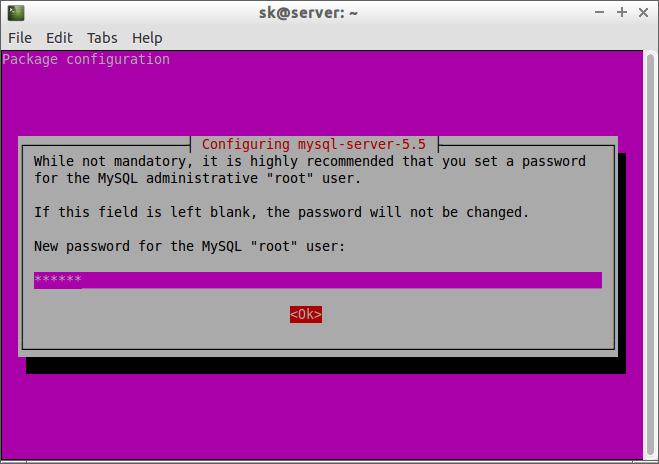
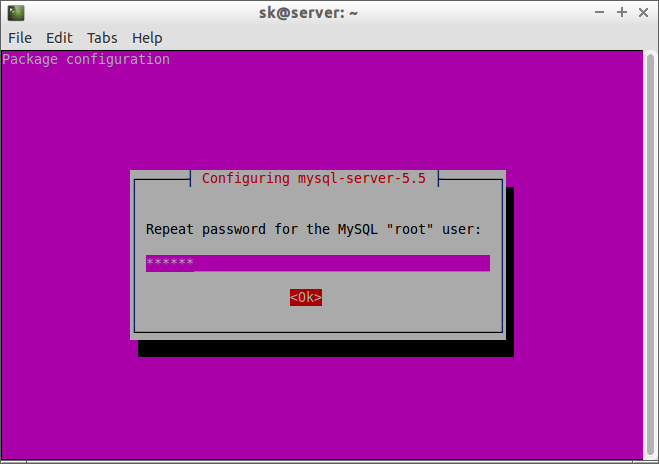
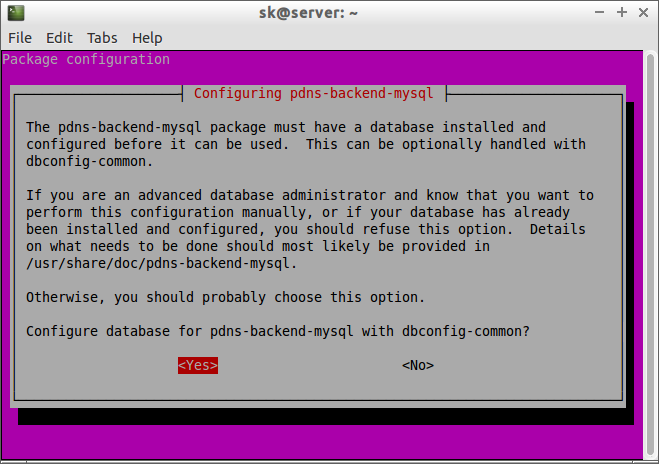
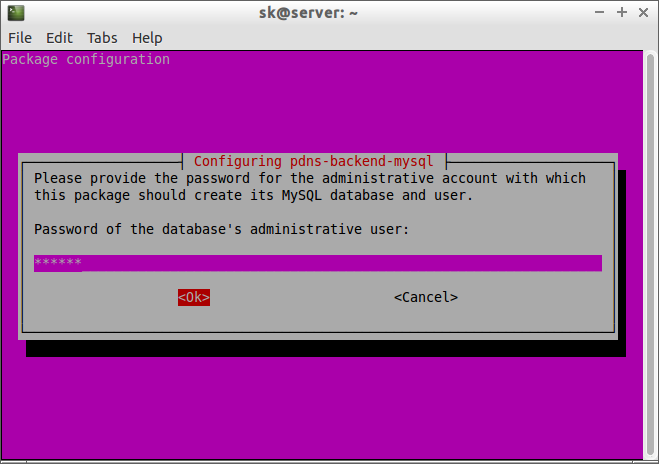





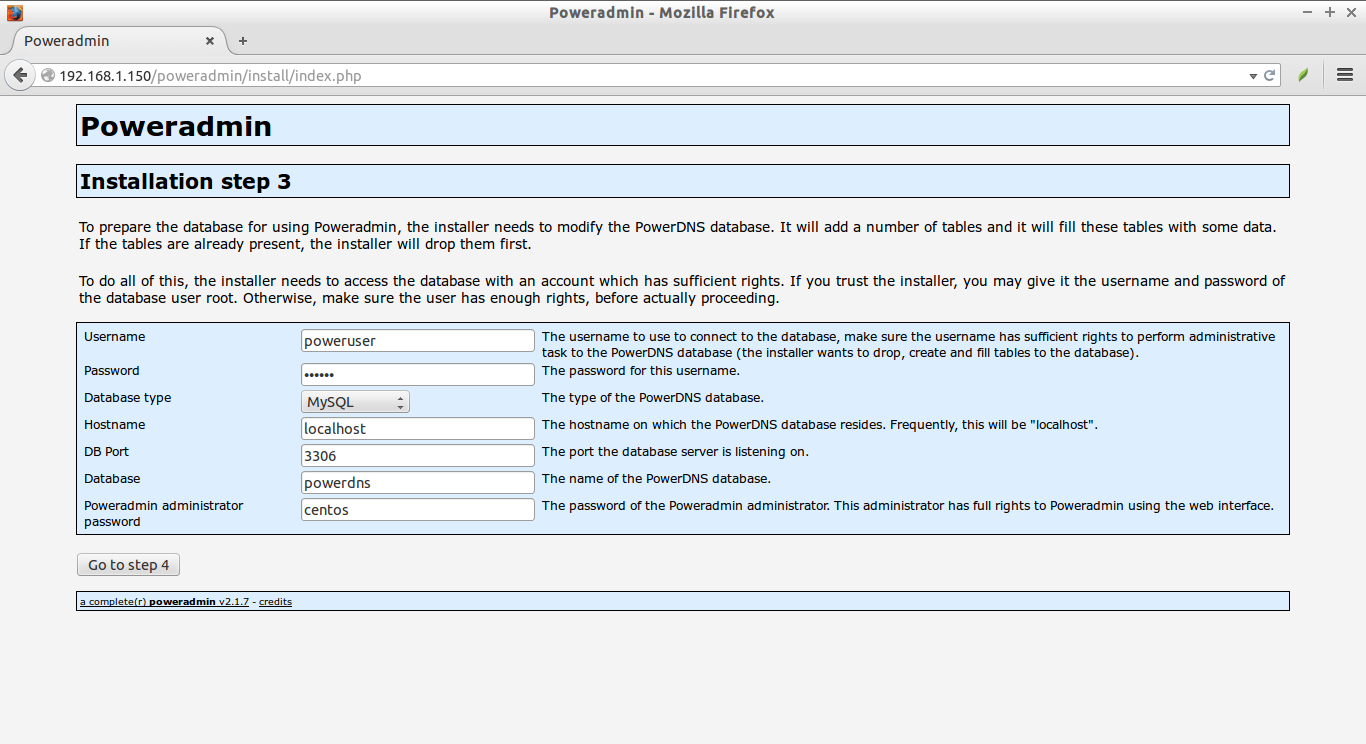


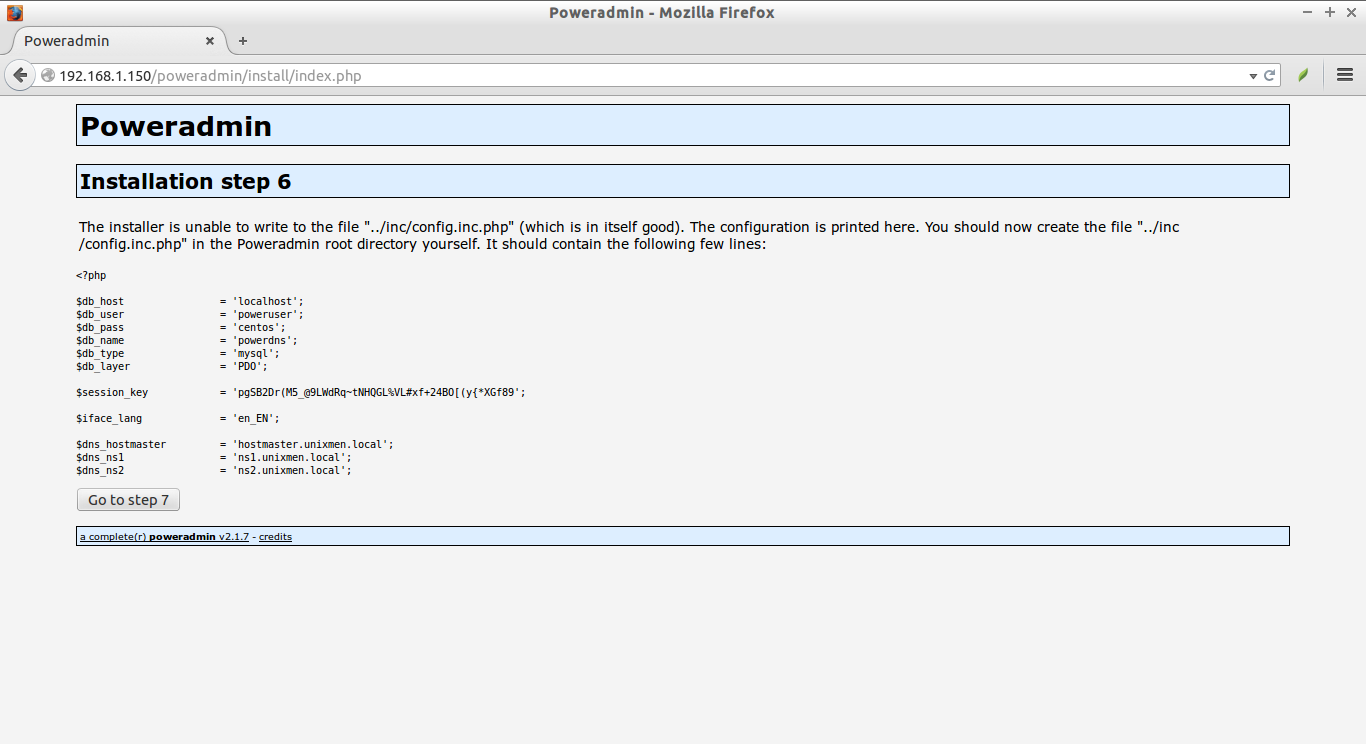
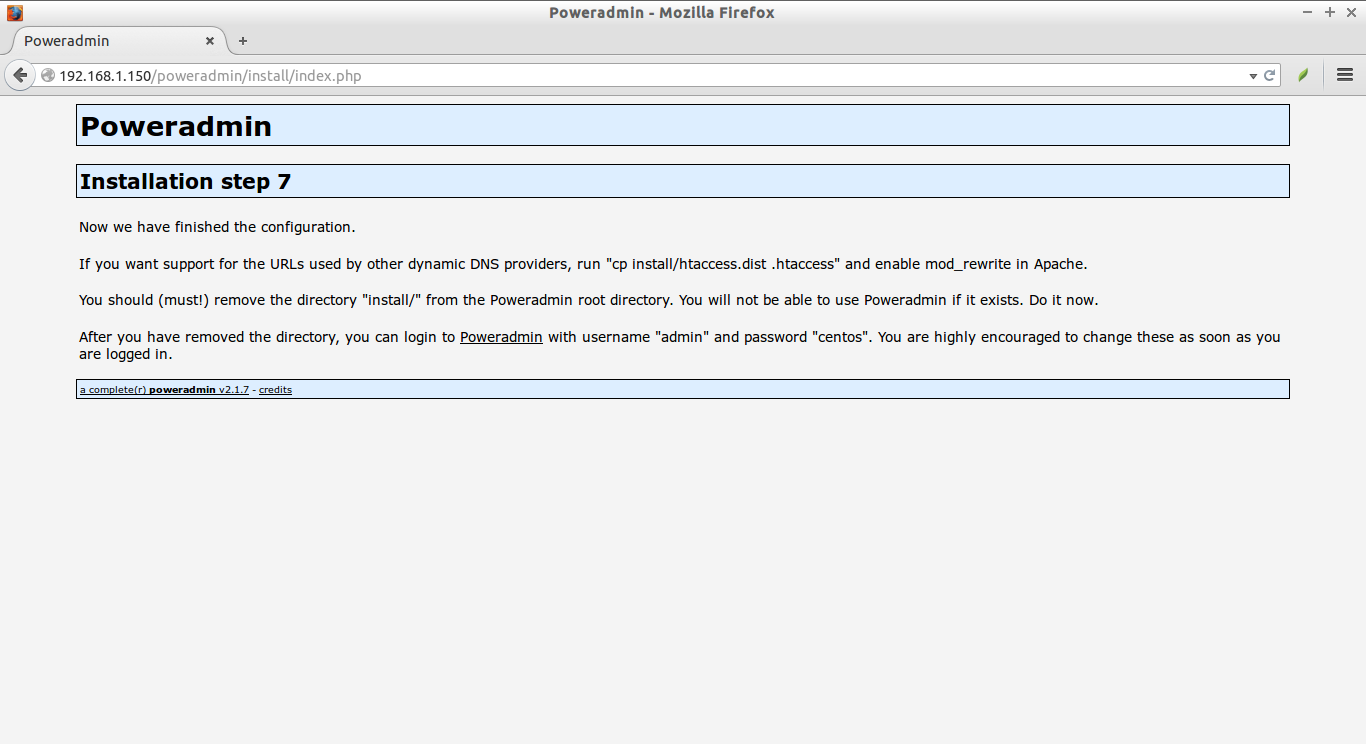
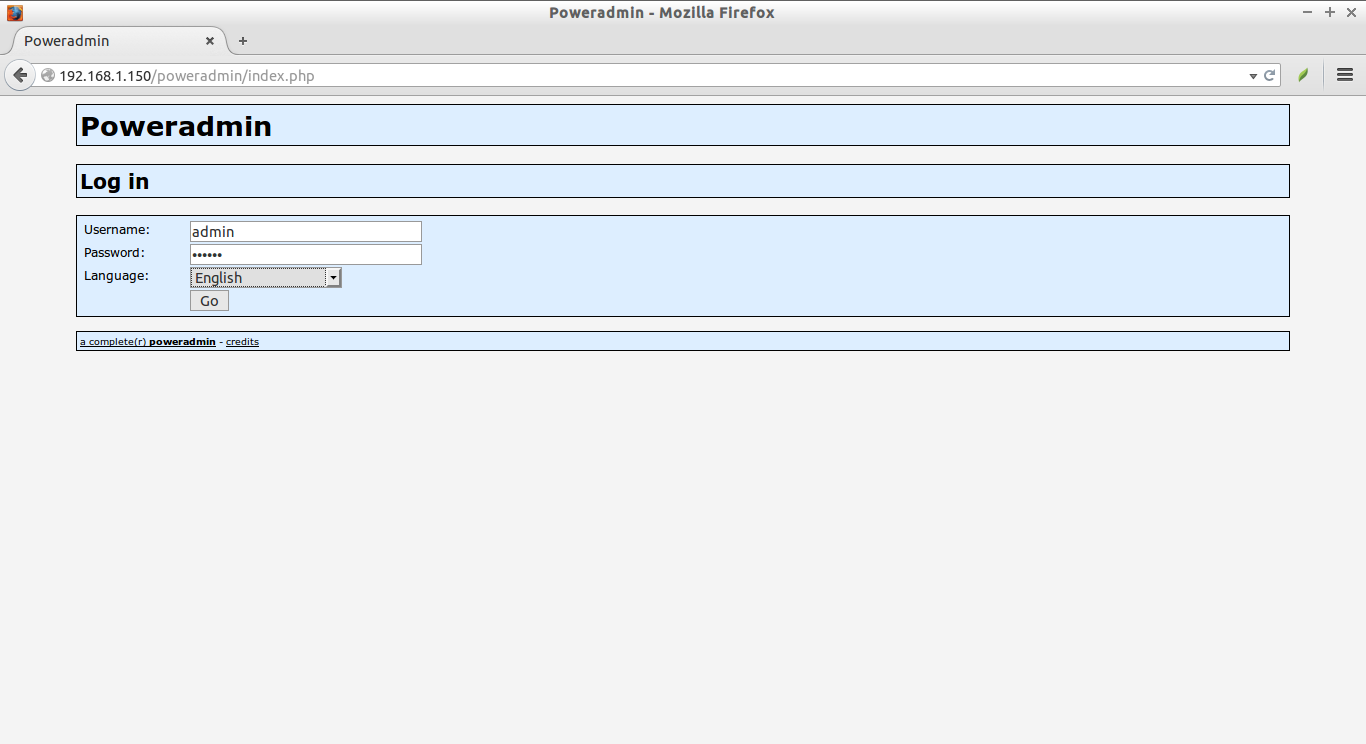
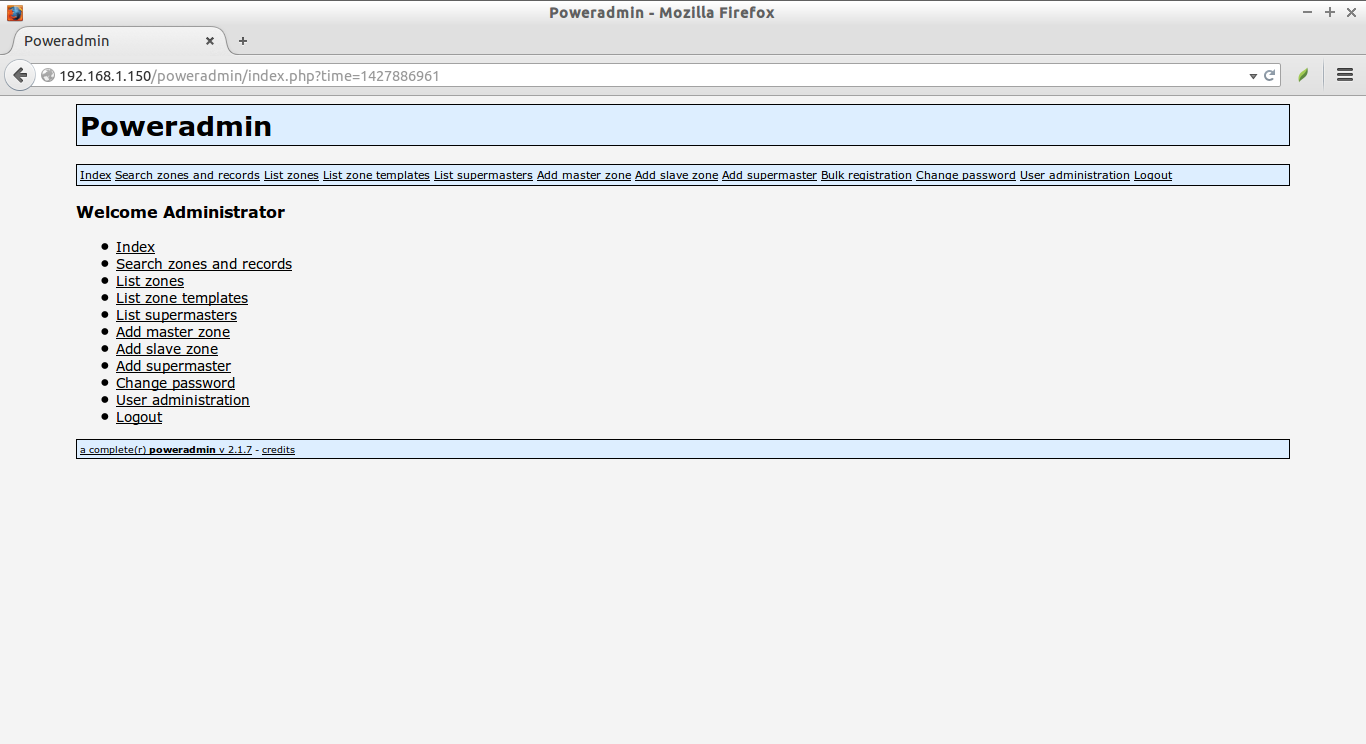
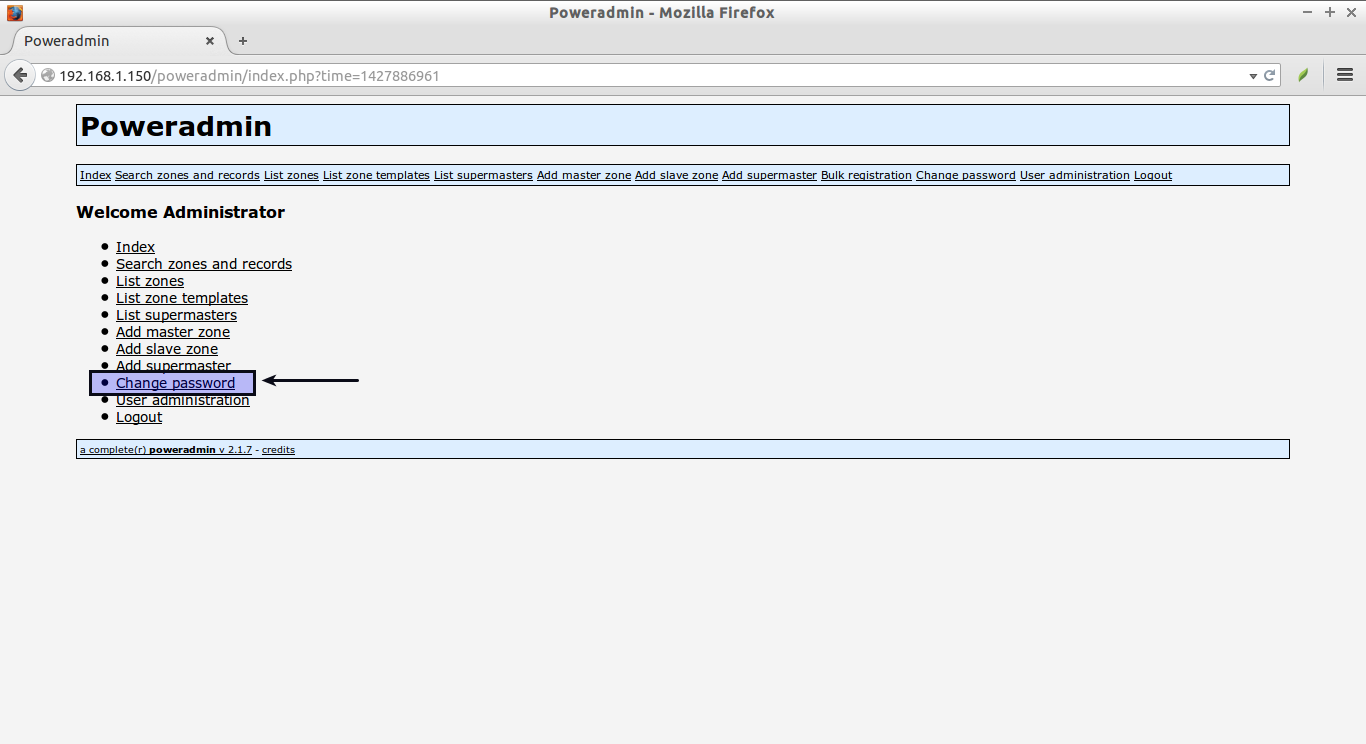


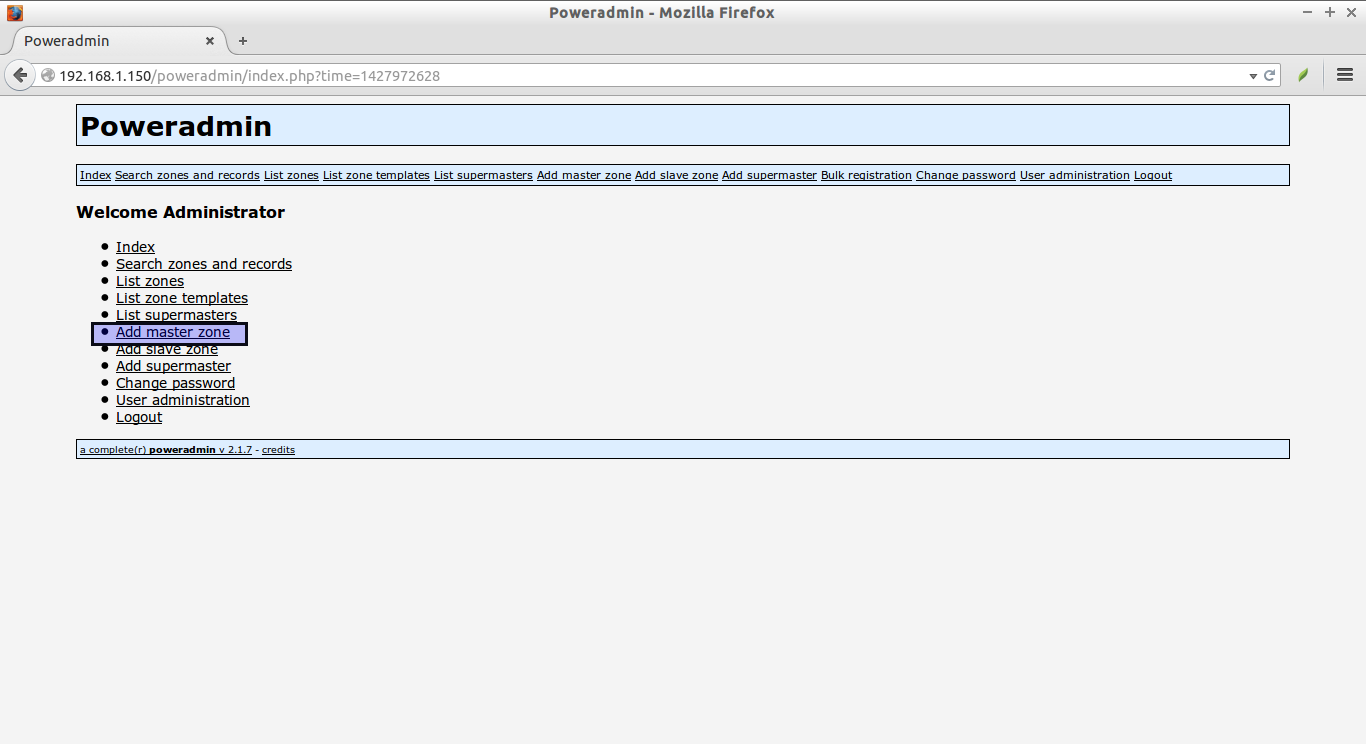



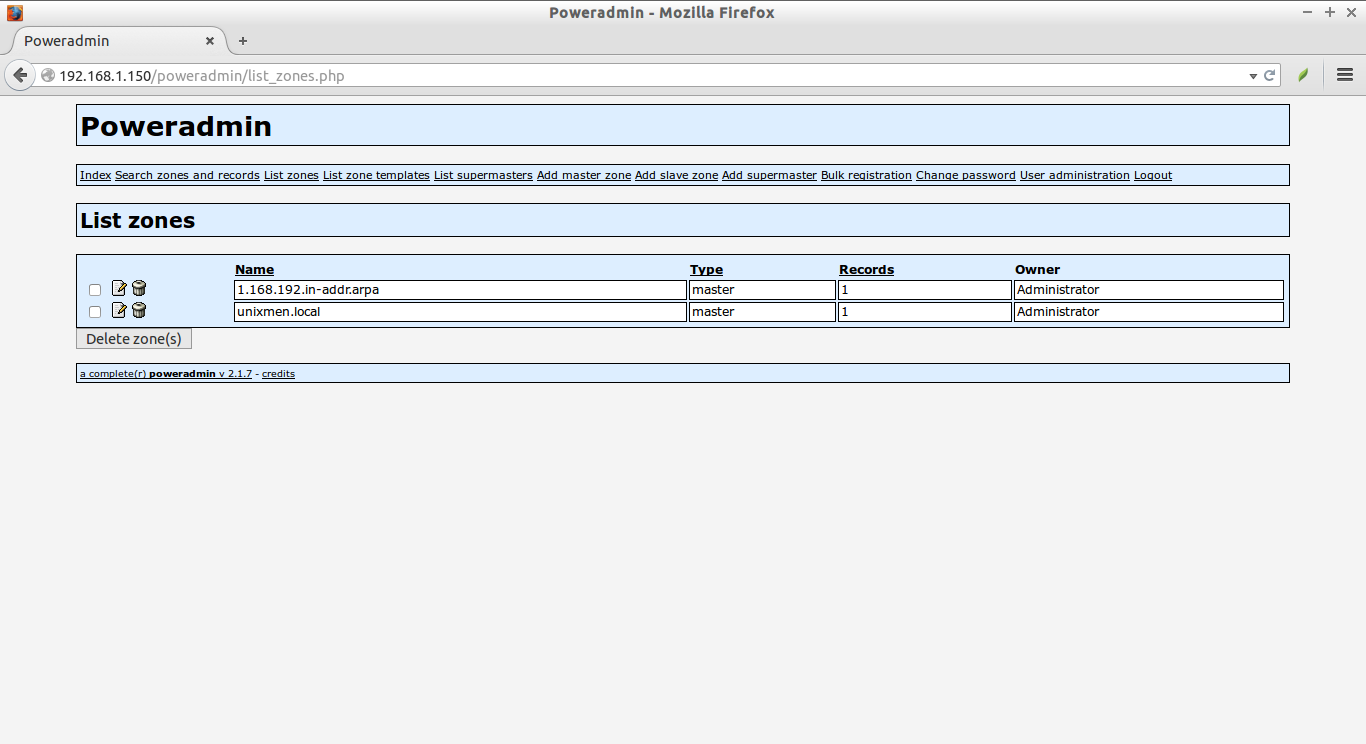

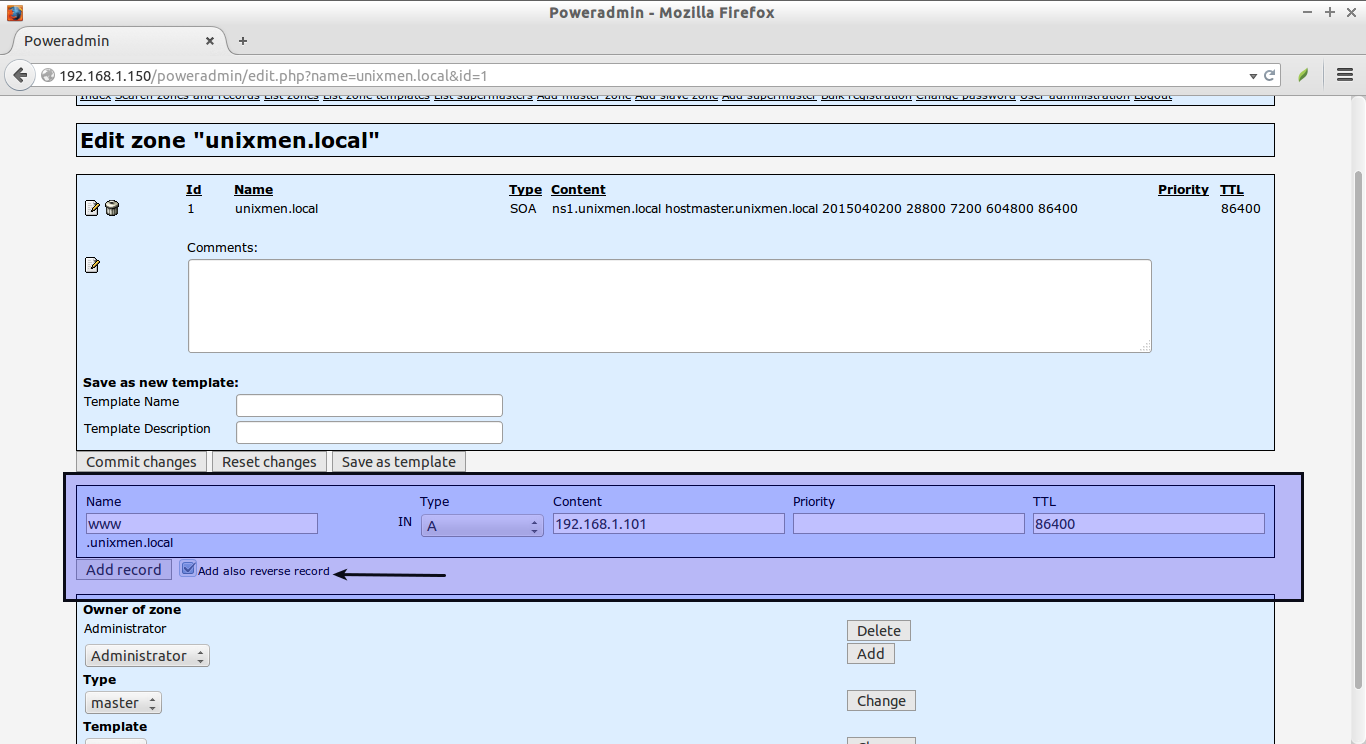
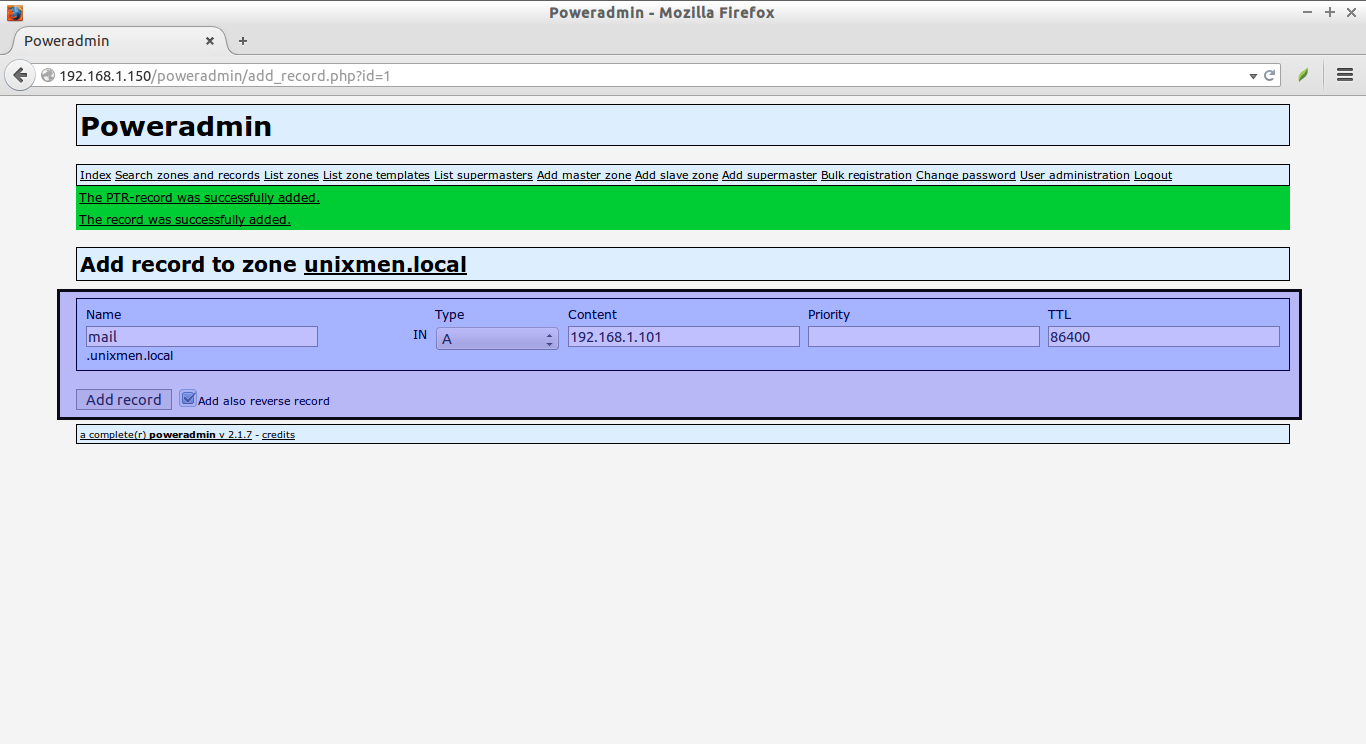
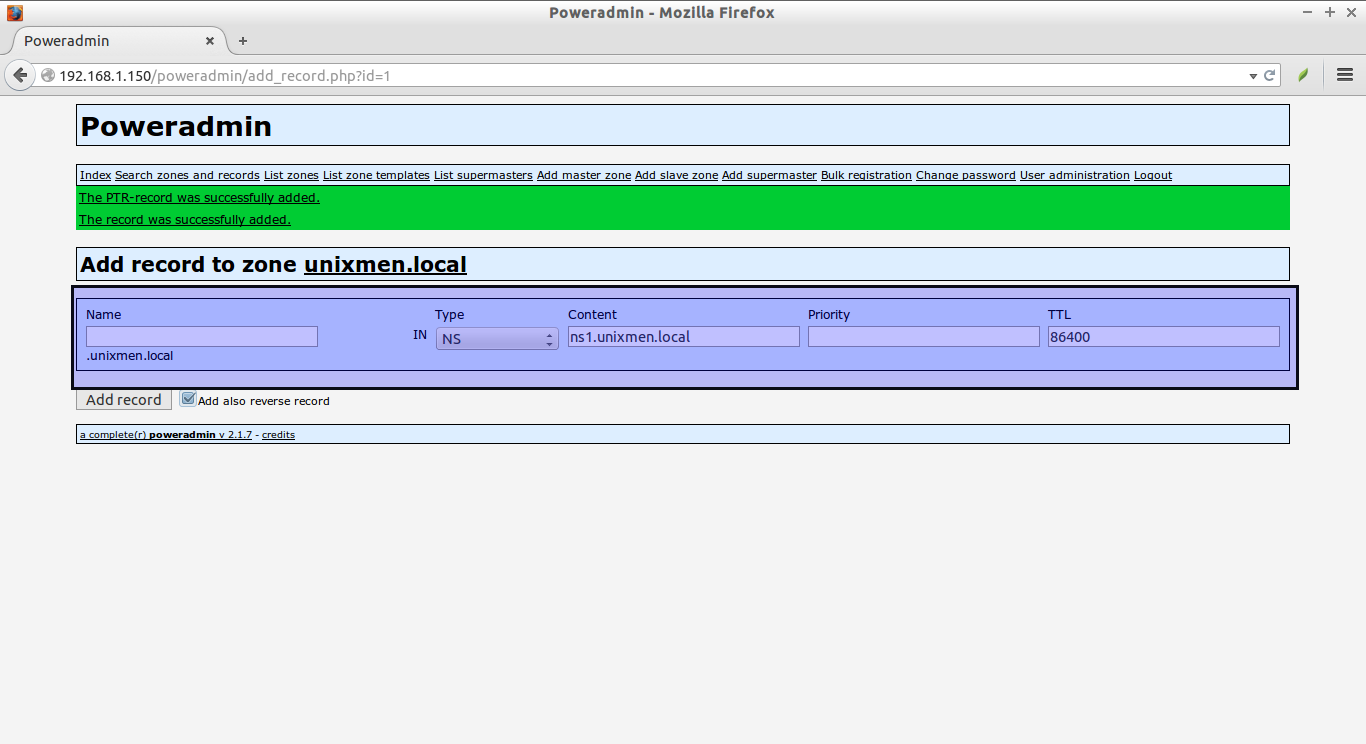
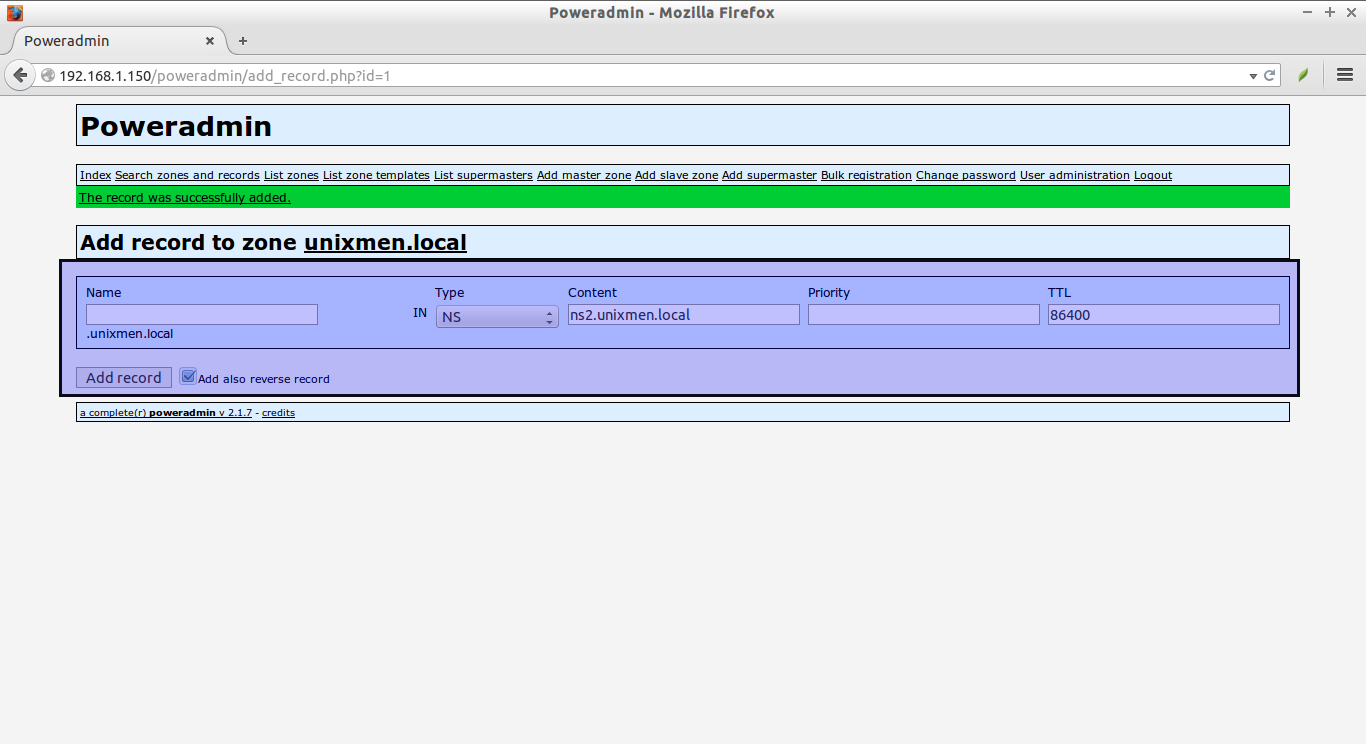










![CentOS 6.5 Minimal (VPSSIM) [Running] - Oracle VM VirtualBox_008](http://www.unixmen.com/wp-content/uploads/2015/04/CentOS-6.5-Minimal-VPSSIM-Running-Oracle-VM-VirtualBox_008.png)








![CentOS 6.5 Minimal [Running] - Oracle VM VirtualBox_006](http://www.unixmen.com/wp-content/uploads/2015/04/CentOS-6.5-Minimal-Running-Oracle-VM-VirtualBox_006.png)











